After sitting around for the last month or two with longer and shorter trips in and around Cape Town, we got a renewal of the garage plates we are currently driving with, and left for Tankwa.
We’ve always wanted to visit the great telescope at Sutherland and looking at the map, we figured we might as well make the detour via Tankwa Karoo National Park.
We left Cape Town via Worcester and the evergreen and lush vineyards of the Hex River Valley and, once through the tunnel and just before Touws River, we turned left towards Ceres via the R46. When we hit the R355 we turned right and went on our merry way north.
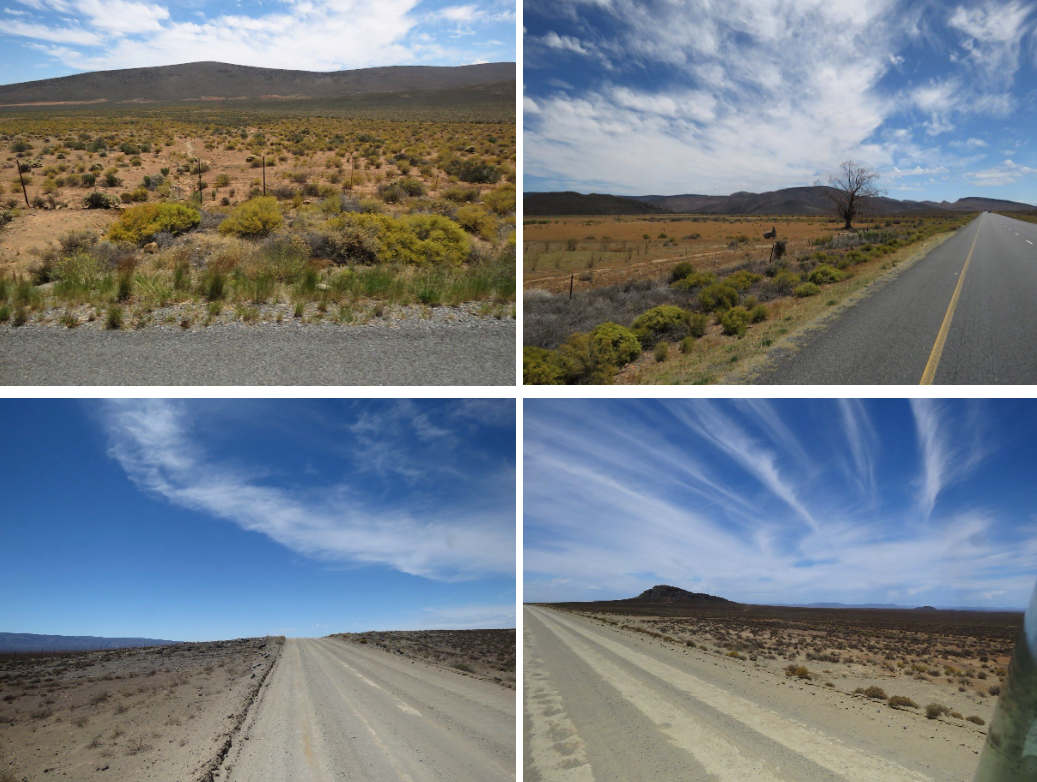
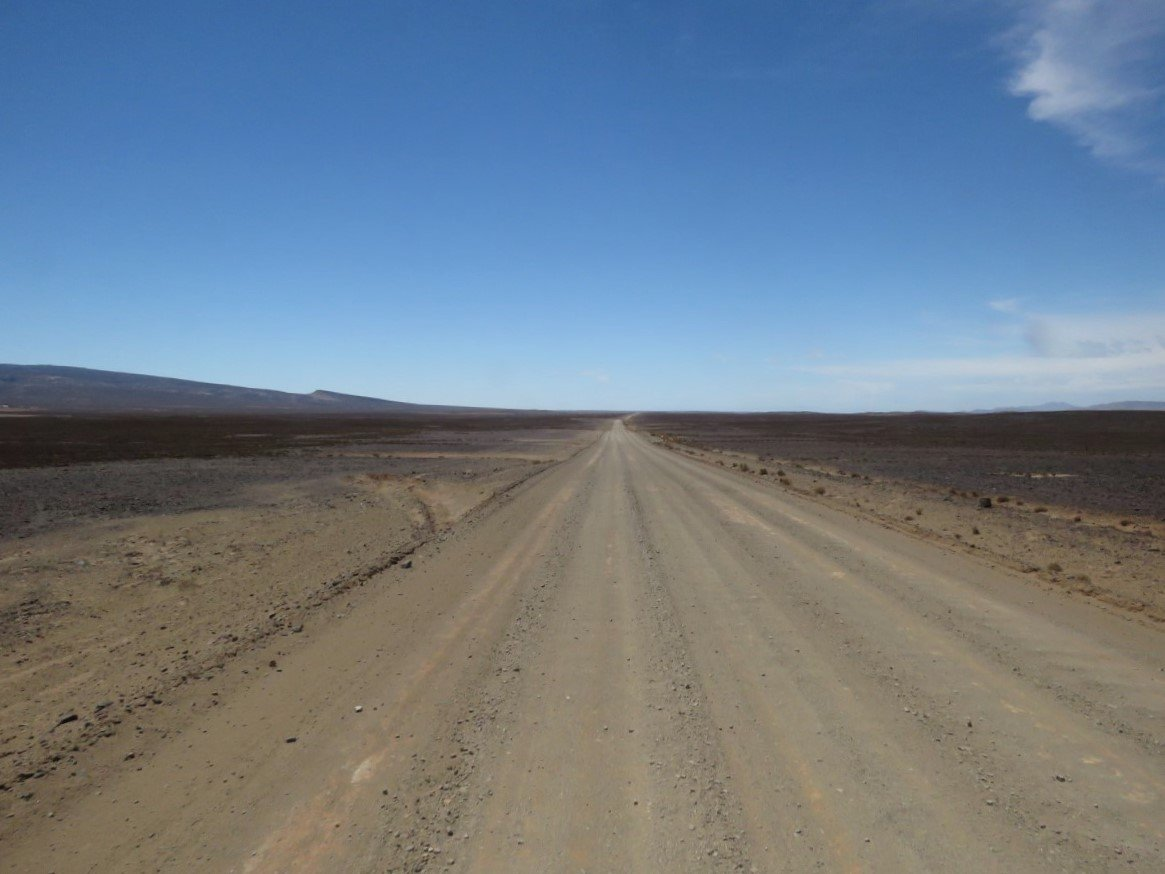
The Karoo landscape is desolate, rocky and sandy with the occasional farmhouse in the far distance. We passed a farmer grading the road, which makes a huge difference to the corrugation. And be it that we accept that gravel roads come with corrugation, sometimes a smooth ride is very welcome. We’ve had corrugations that made us apprehensive of entering our ‘house’ afterwards: who knows if everything is still standing or if we’ve had a complete implosion! We’re keeping our fingers crossed… so far Stefaan’s handy work seems to hold together!
And a bit further we stopped at the cool and funky Tankwa Padstal (farm stall) for a very welcome ice cold coke! And just as an f.y.i: no – it wasn’t Stefaan who ploughed the car into the desert!
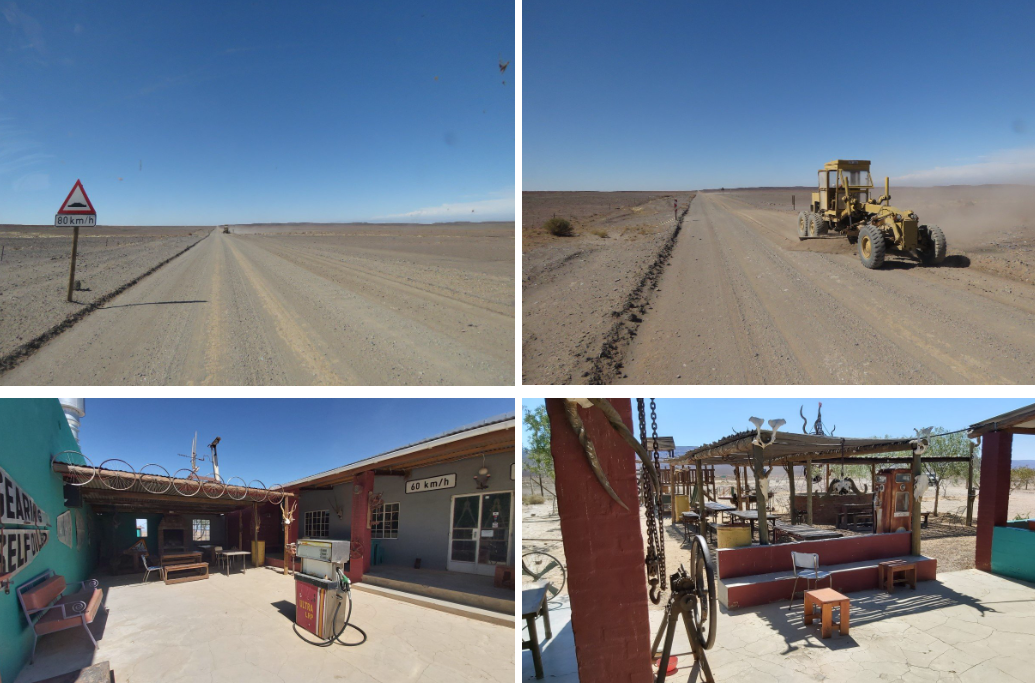
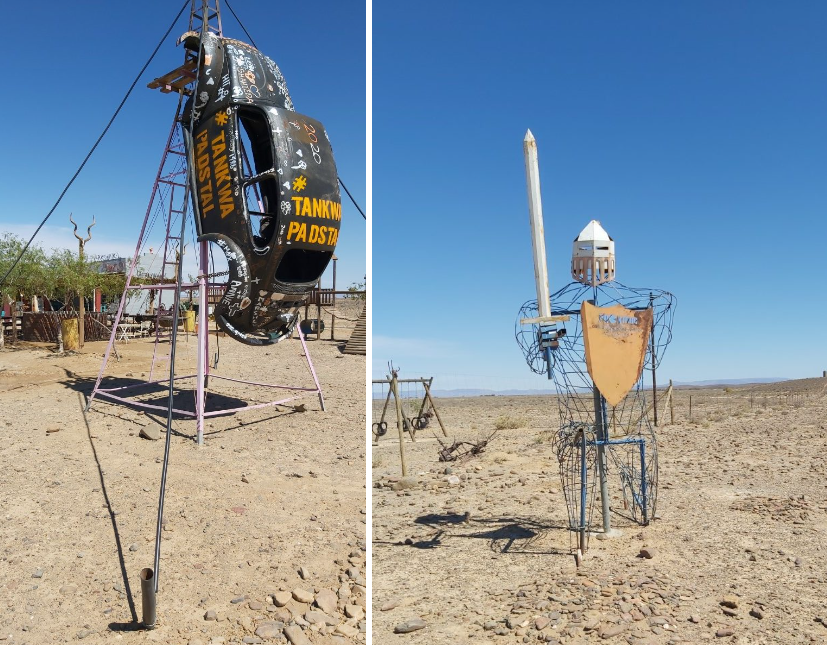
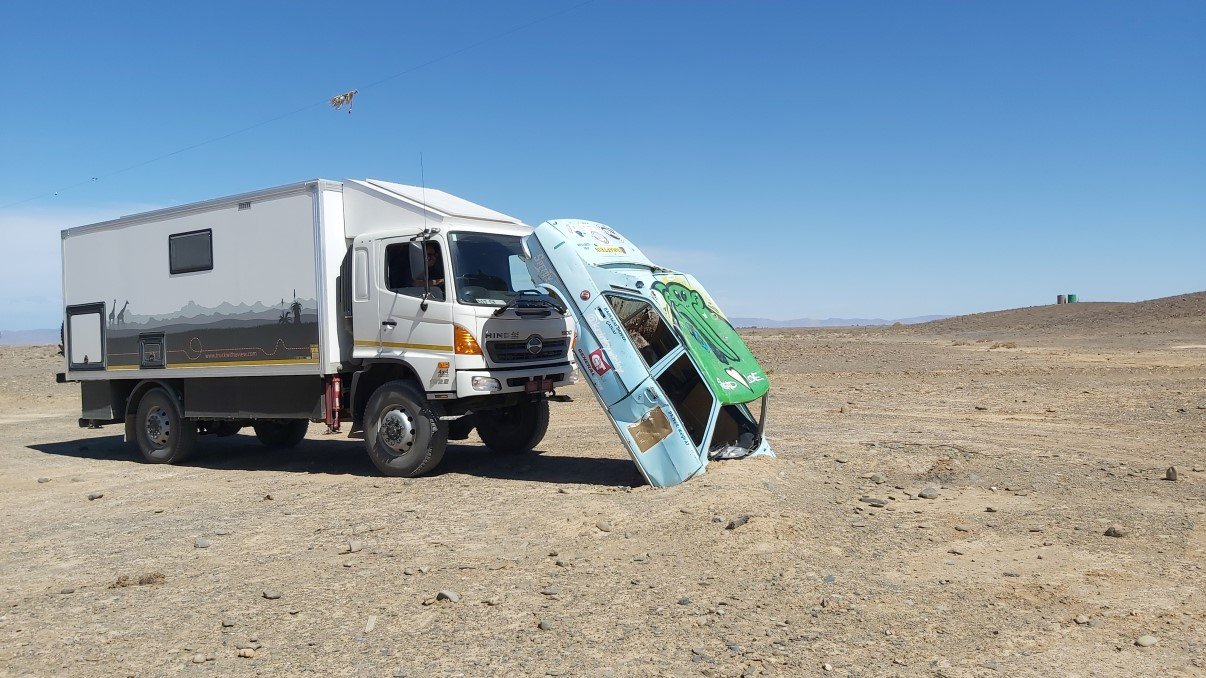
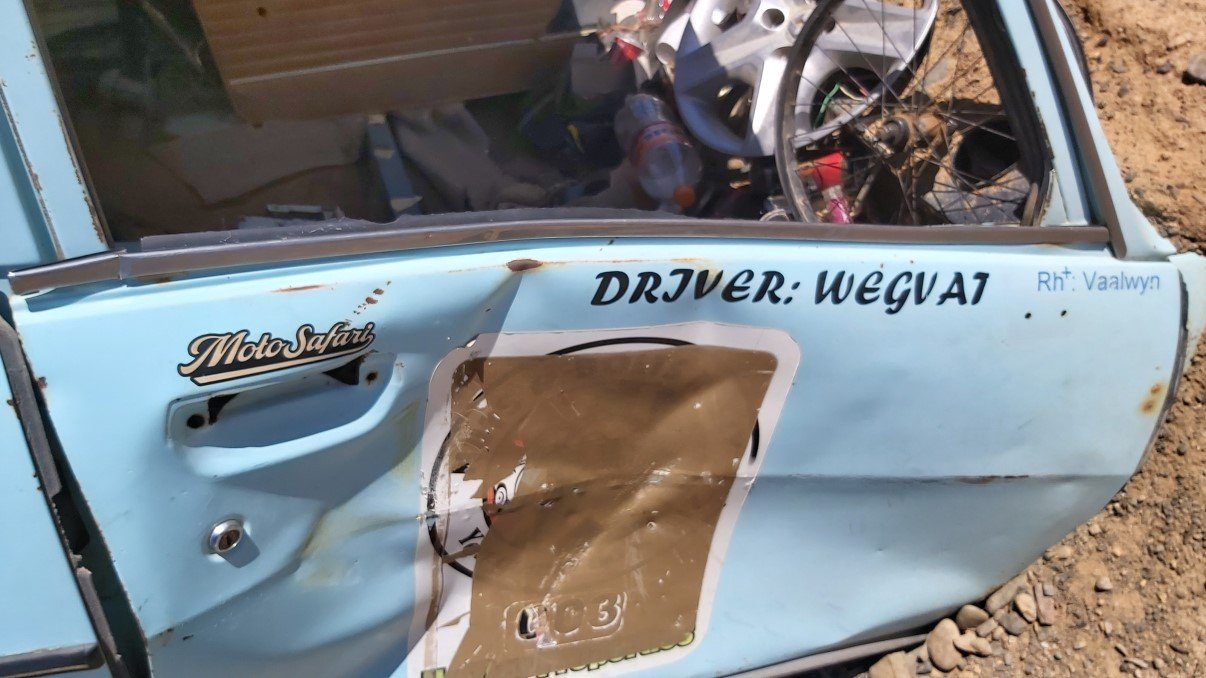
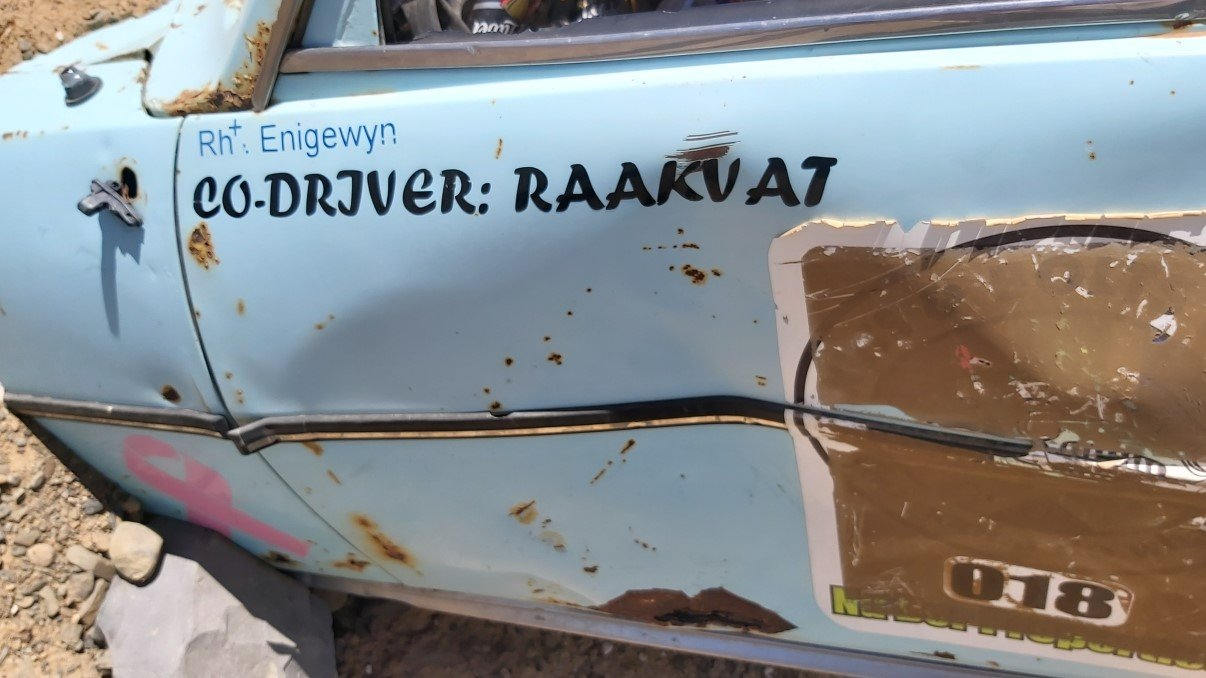
We passed the sign towards the R356 to Tankwa National Park but continued north on the R355 towards a camping site we had read about which might be handy for taking in water and do a bit of laundry. On the Tracks4Africa map, we had seen a possible one or two other roads inside Tankwa on that side of the park, so we thought that could work for us.
Unfortunately… it didn’t!
- The camping site we hoped would be suitable for a sleepover was still quite a distance away from Tankwa and because we didn’t want to lose another few hours getting there in the morning, we decided to push on and wild camp closer to the park.
- The first road we saw had signposts to the Tankwa Tented Camp but mentioned nothing about Tankwa National Park.
- And the next road simply didn’t exist.
Seeing that by then it was late in the afternoon, we turned back to the first road and decided to take a chance with the tented camp and hoped they would allow us to park Trokkie for the night.
If we thought the R355 road was rugged and desolate, this road emulated even more the lifeless and rocky surface of what we imagine a moon landscape might be. As we got closer to our anticipated destination the heat of the day must have made us hallucinate as we thought we saw a fata morgana: a silver ship stranded in the desert. It became weirder and weirder when a bit further a huge alien creature, towering over the desert, seemed to welcome us to this forgotten landscape.
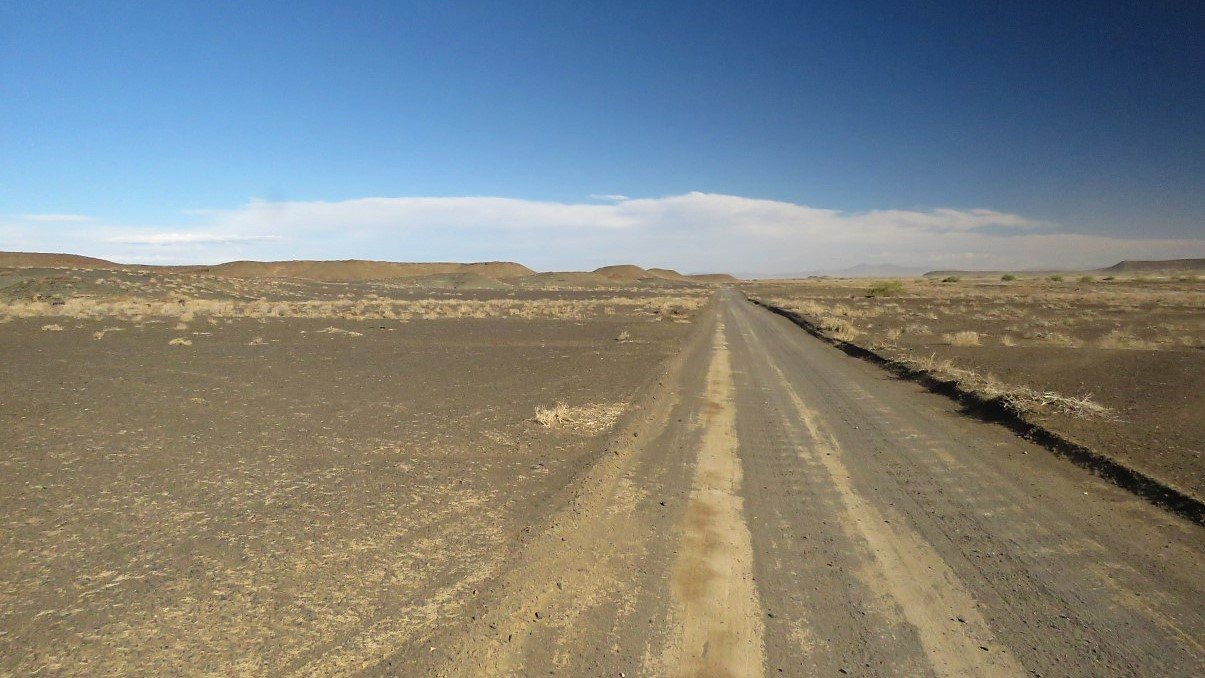
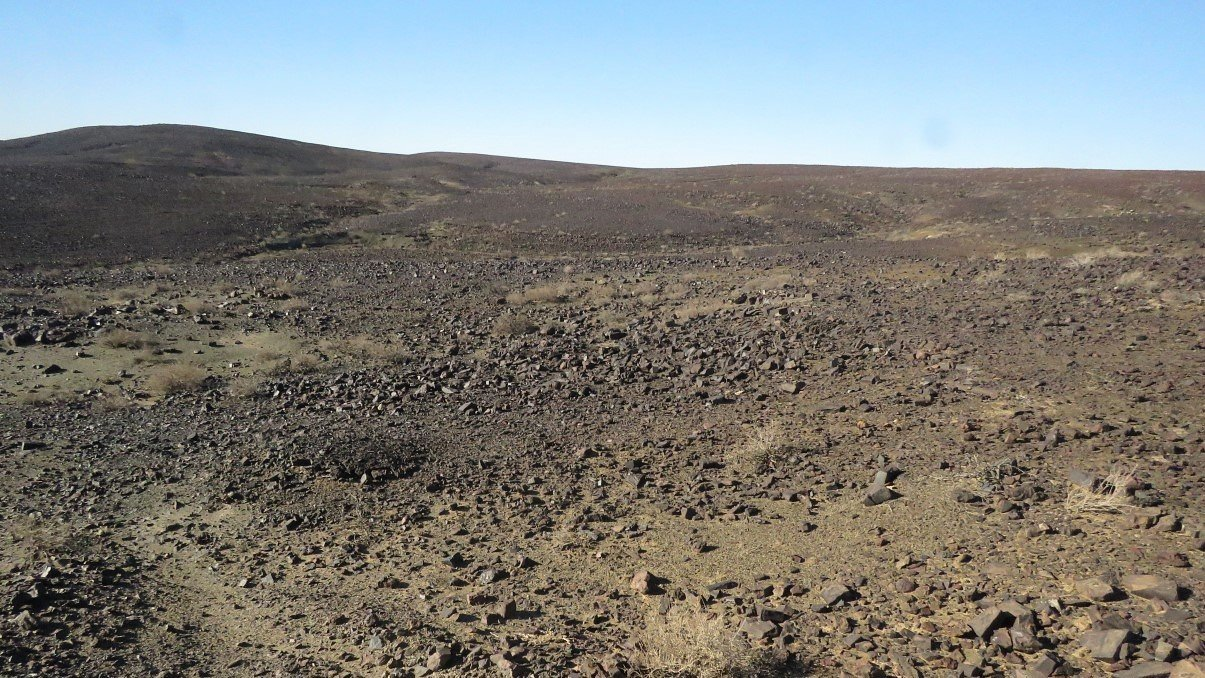
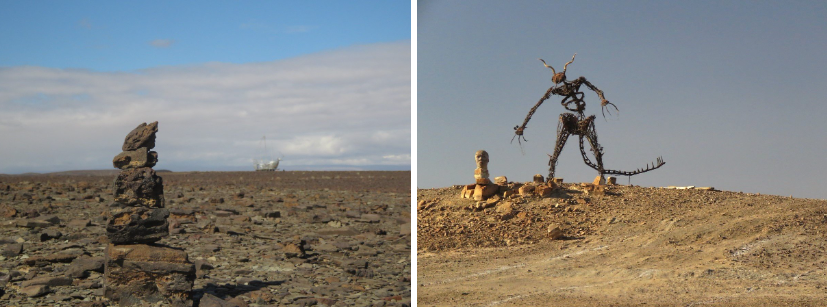
We parked the truck and while Stefaan went looking for someone in this at-first-glance deserted place I walked around bumping into all sorts of curious and eccentric arty stuff. There was a sign somewhere that said “Stonehenge” and on my discovery walk I saw it: a funky replica of the Neolithic Stonehenge against a backdrop of modern solar panels. Talk about a juxtaposition! Walking around I found more Mad-Max vehicles, kinetic contraptions and of course… the silver ship!
Stefaan eventually seemed to have found someone and made arrangements to park the truck somewhere near their ”beach”. Before settling down at our beach however, we took a leisurely walk amongst all the fantastic creatures and sculptures and organised a photo-op with Trokkie.
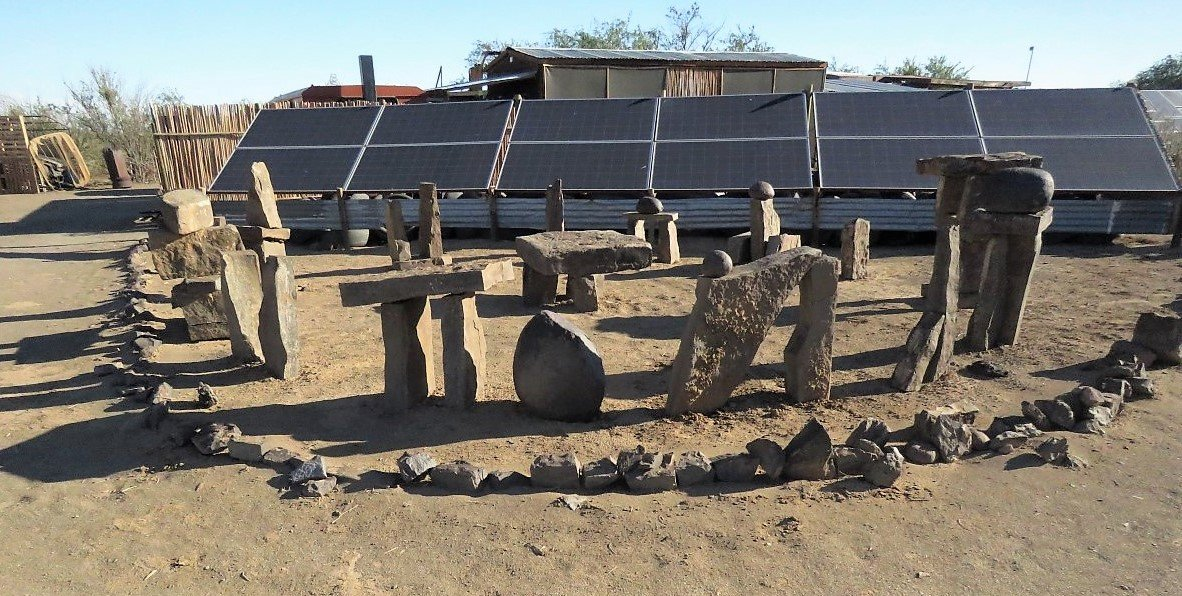
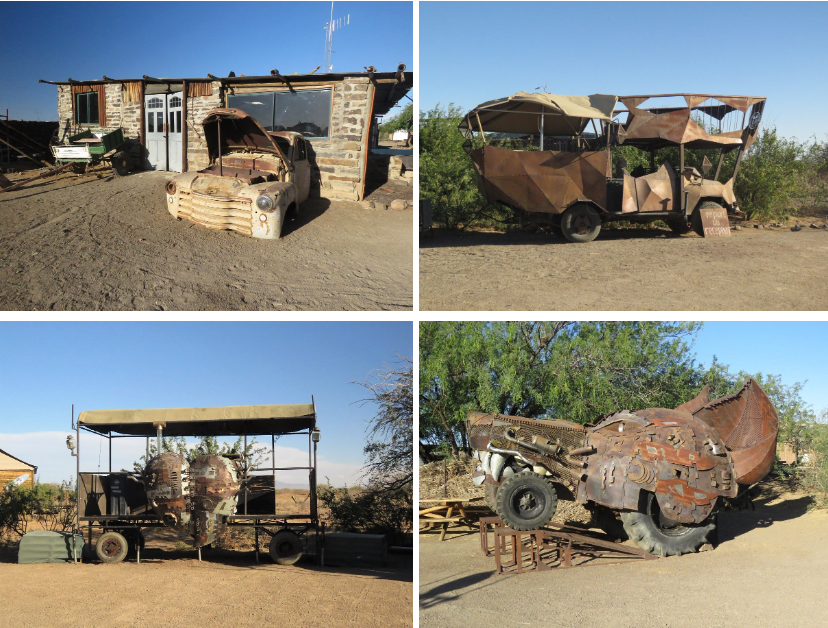
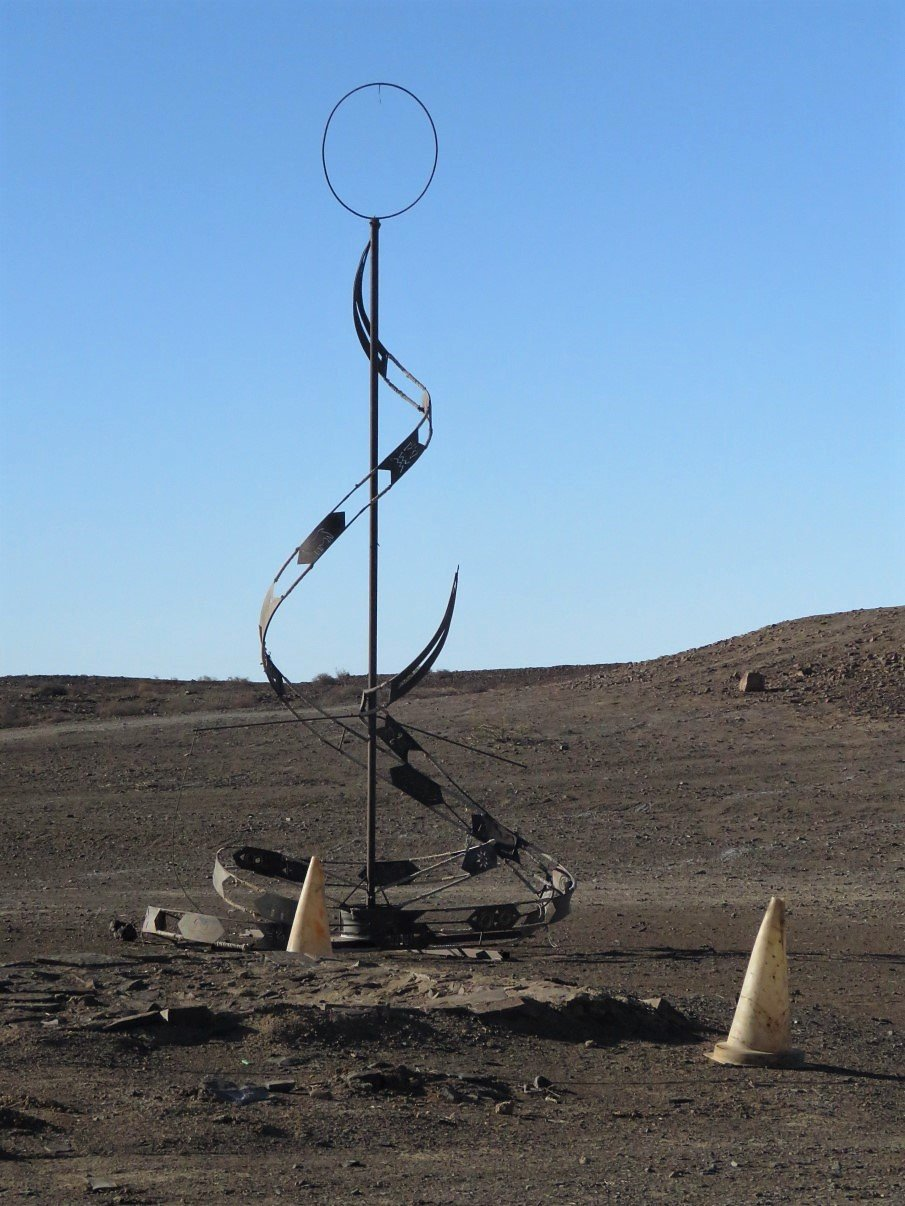
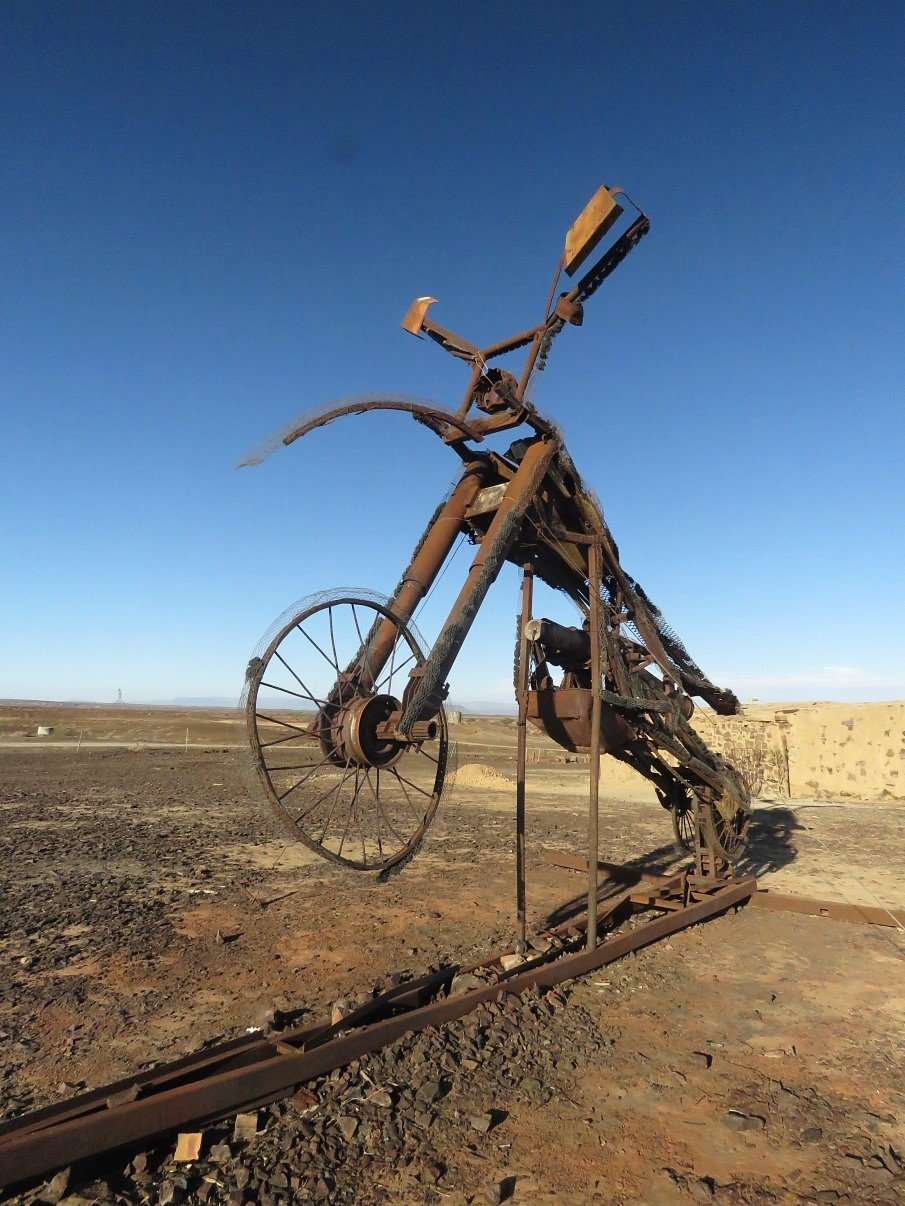
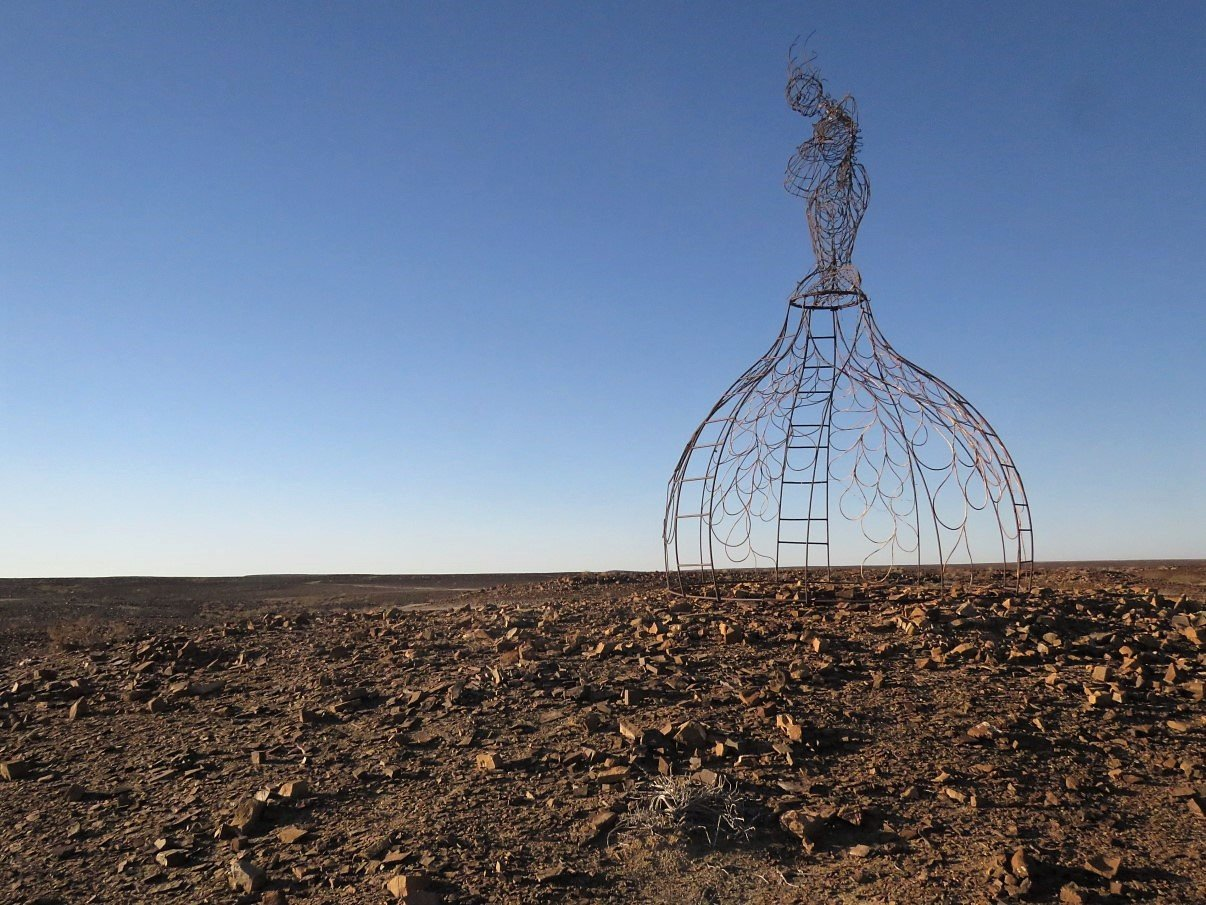
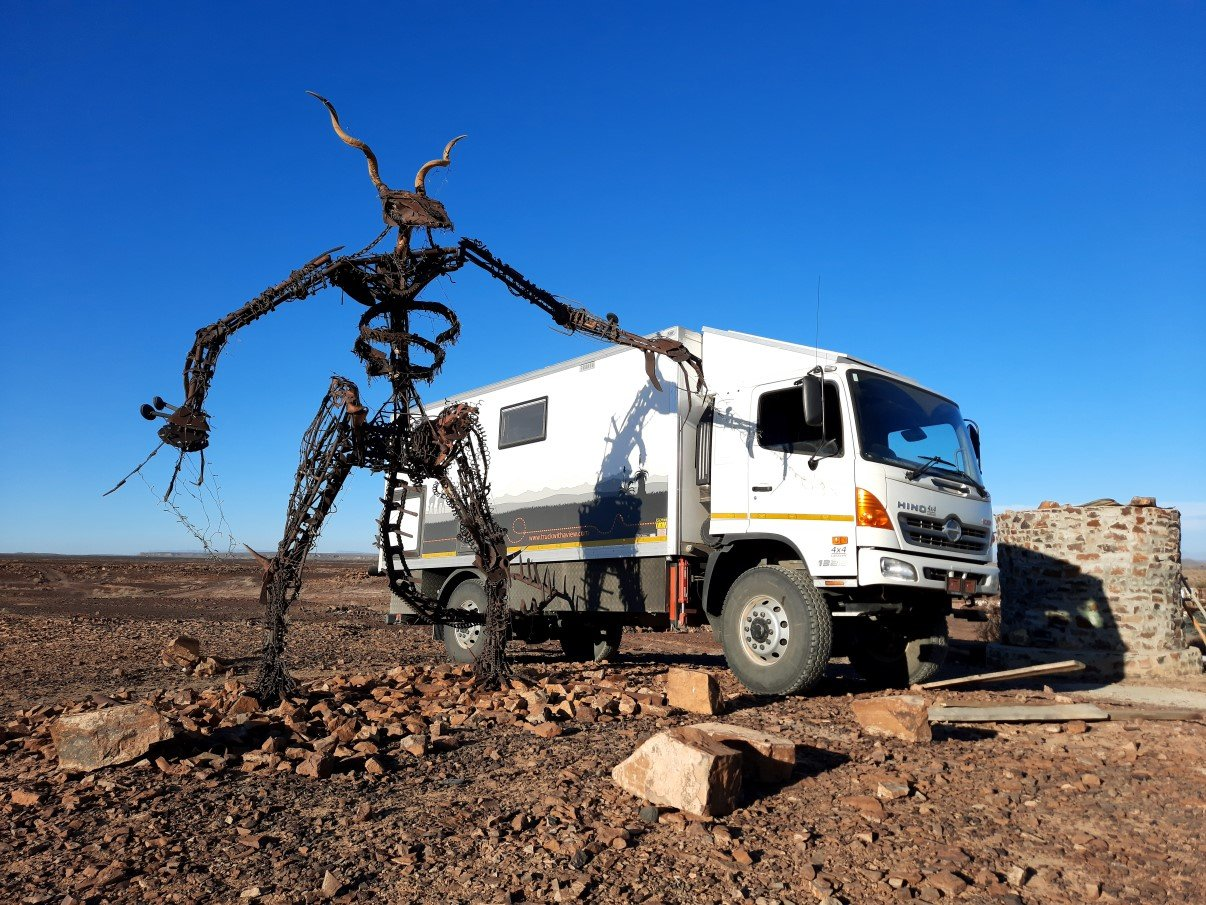
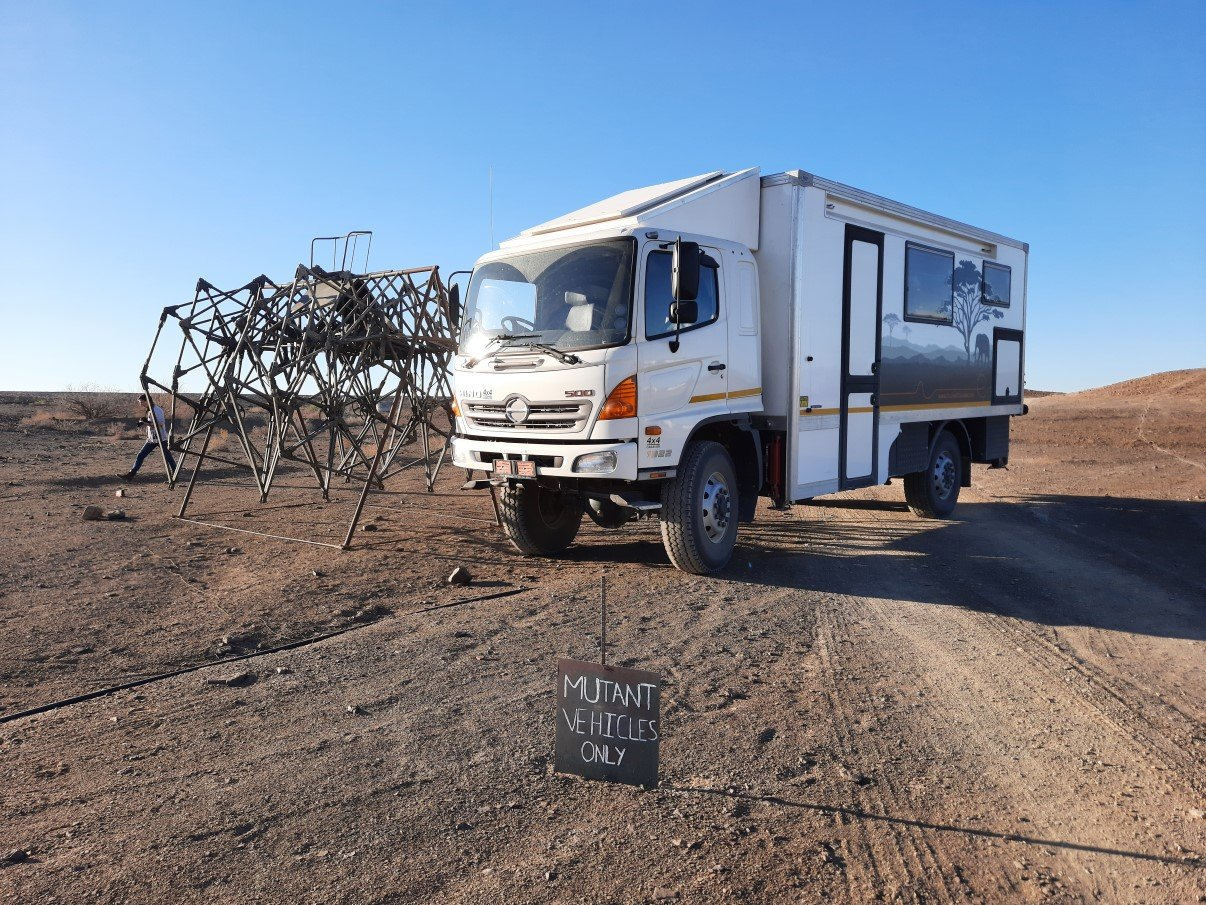
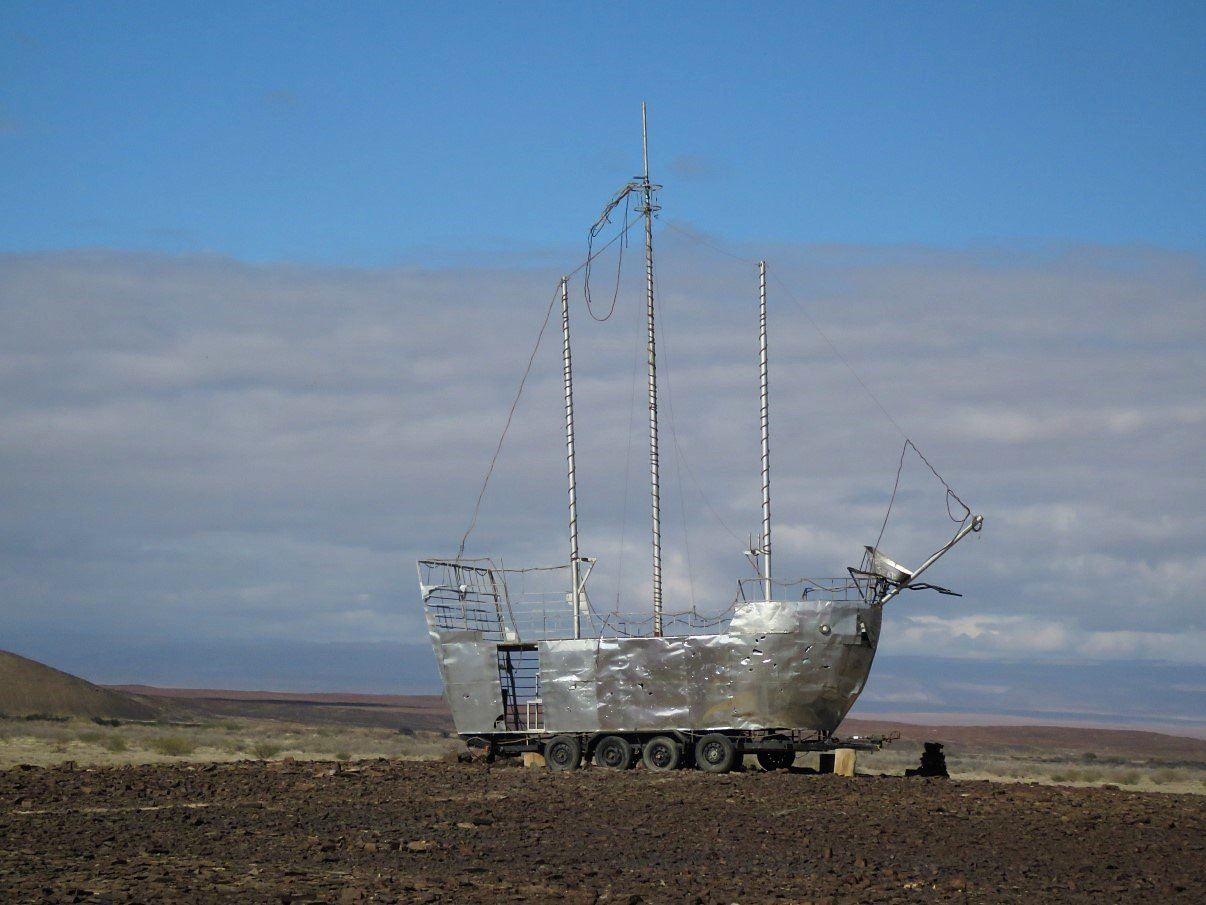
Stefaan had arranged supper too so, when we had at last set up for the night, we walked to the pub-boma-restaurant and had a beer (or two) while one of the staff braaied Karoo lamb chops and sausage on the open fire pit. While we were having dinner, we were discussing the arty-farty look of the place with all its weird and wonderful sculptures dotted around this moon landscape and how these sculptures reminded us of what we had seen on the internet about “Afrika Burn”, an art-installation festival somewhere in the Karoo (based on the American Burning Man). We had talked about Afrika Burn with friends and family before… as in… wouldn’t that be a cool activity to do with our 4×4 campers?
Mulling over this quirky coincidence and not really sure about what this meant, I quickly asked Mr. Google and true as bob… the Stonehenge farm, home of Tankwa Tented Camp, was indeed home ground of Afrika Burn for the past 16 years (I believe the event moves to Quaggafontein in the future). We were really thrilled to have landed in this place! If we would have taken the proper route to Tankwa (the R364) we would have completely missed out on this unique experience!
Shortly after supper, Deon, the manager came to chat to us and before we knew it we were invited to join the few other locals in the bar for another beer and a dance. There we got even more of the hippie-flower-power-woodstock feel of the place with funky but ambiguous posters on the wall, a party chest with an invitation to dress up or put a wig on… (eh, no!), booze and other stuff and later (as the only woman in the joint) Deon inviting me for a few twirls on the floor.
As we had had a long day, we eventually said goodnight to Deon and his companions and walked back to the truck. It was truly pitch dark, and if Stefaan wouldn’t have had his cell phone light, we most probably would have missed the little path towards our beach and Trokkie and wandered into the desert till dawn!
We had a good night sleep and after our morning coffee with Deon, we hit the road. According to him, there was a gate into Tankwa Karoo National Park further down the road. The drive was slow but interesting. It was easy to see where Stonehenge got its name: rocky plains stretching to the horizon with sporadic bushes and shrubs fighting for survival.
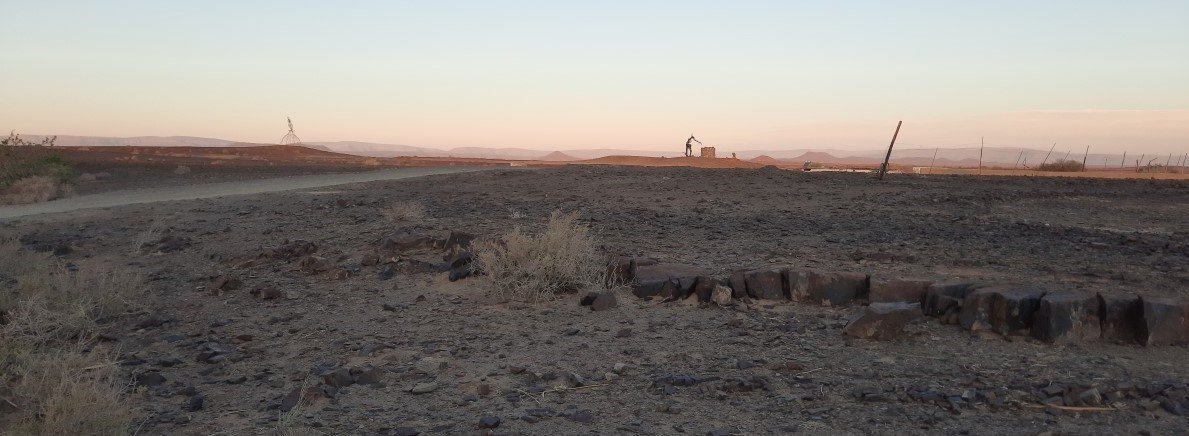
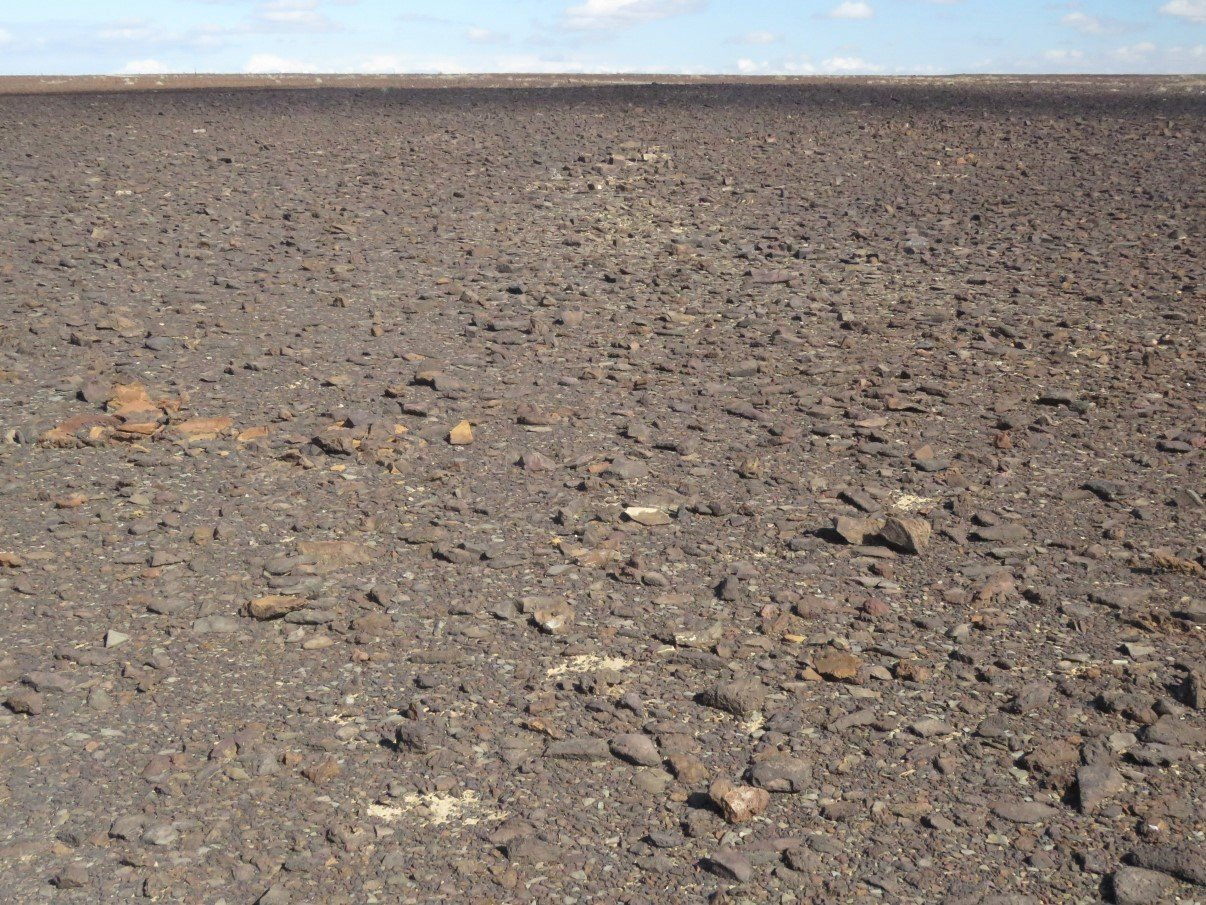
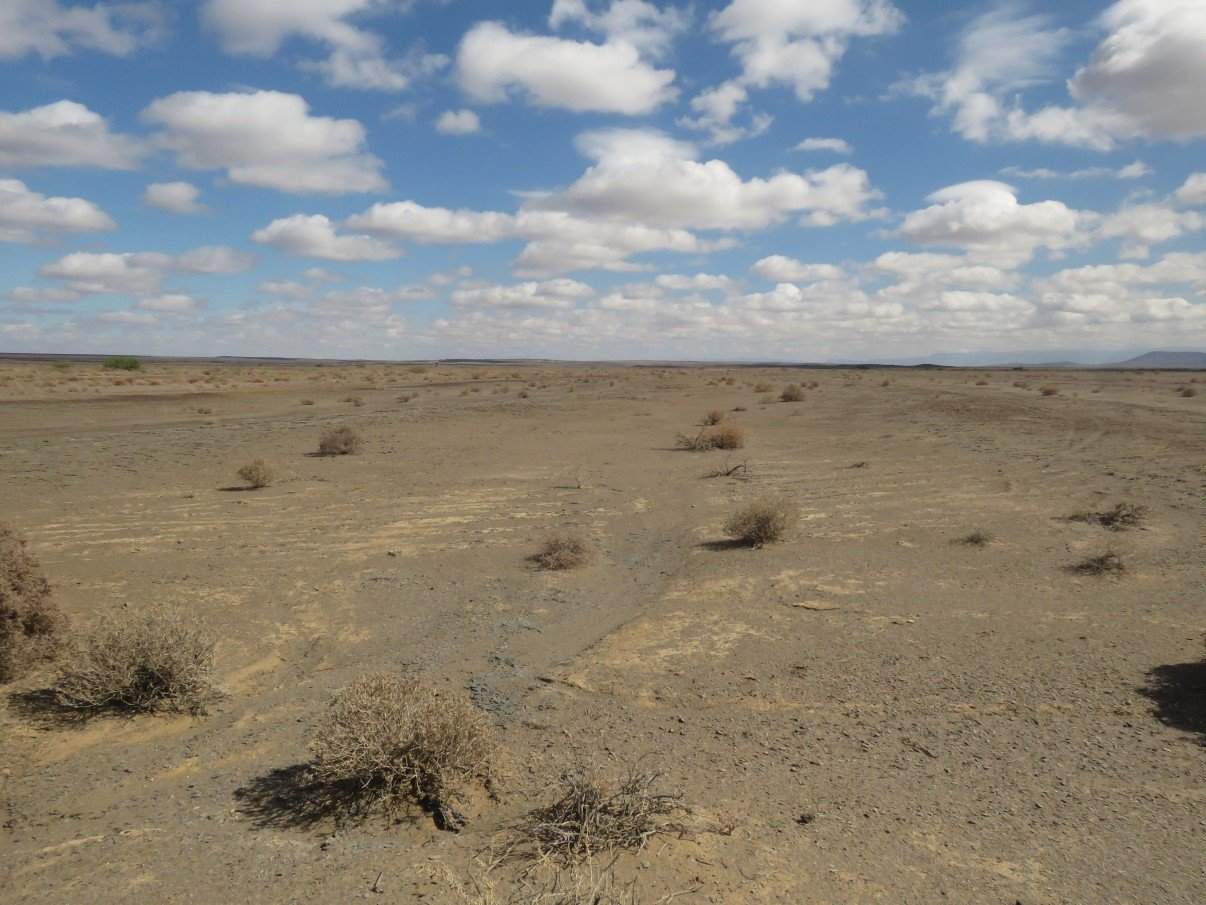
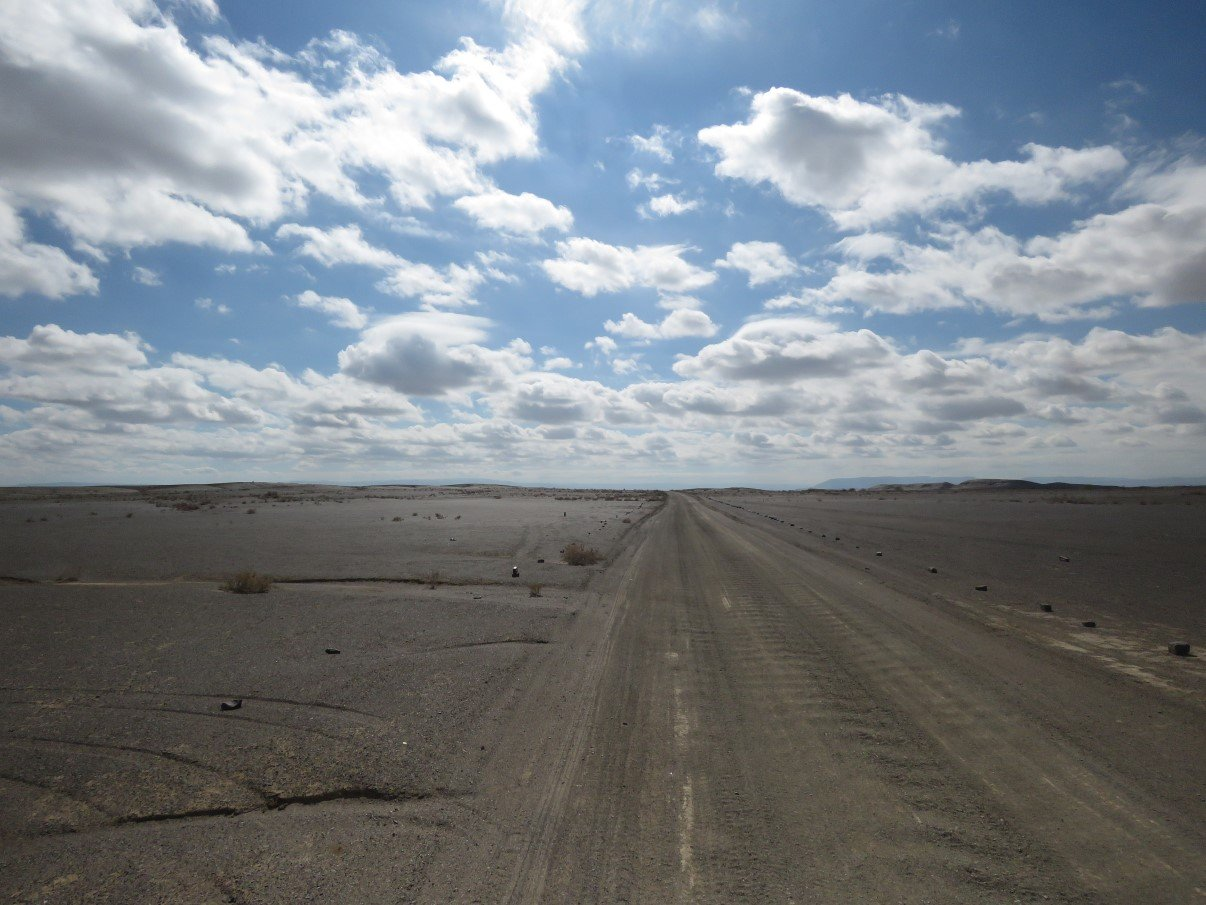
I had seen the name “Tankwa Town” on the map but thought it might just be the local village/settlement connected to the National Park. When we passed a road sign to other camping grounds a bit further down the rocky road however, it had two other signs below it that said “Tankwa Town Burn Site” and “Carl’s Sky Labyrinth”.
And then it hit me: Tankwa Town was not Tankwa Tented Camp as such but THIS was the actual site of Afrika Burn. As we had seen some more sculptures and installations in the far distance and now realised this was the actual area where Afrika Burn takes place every year, we made a sharp left and drove towards the art installations that have remained on the site. (Most artworks are removed or burned after the festival and we presume that the installations at Tankwa Tented Camp might have been repositioned). We drove and walked around to the various installations before saying our final goodbyes to Stonehenge and our tiny Afrika Burn experience.
It’s funny to see how Google Maps shows it as a real “town” (top middle) with streets and street names, even though it is a totally empty and desolate barren space. Obviously this ‘town’ only exists during the time Afrika Burn takes place but afterwards it disappears as if nothing was ever there.

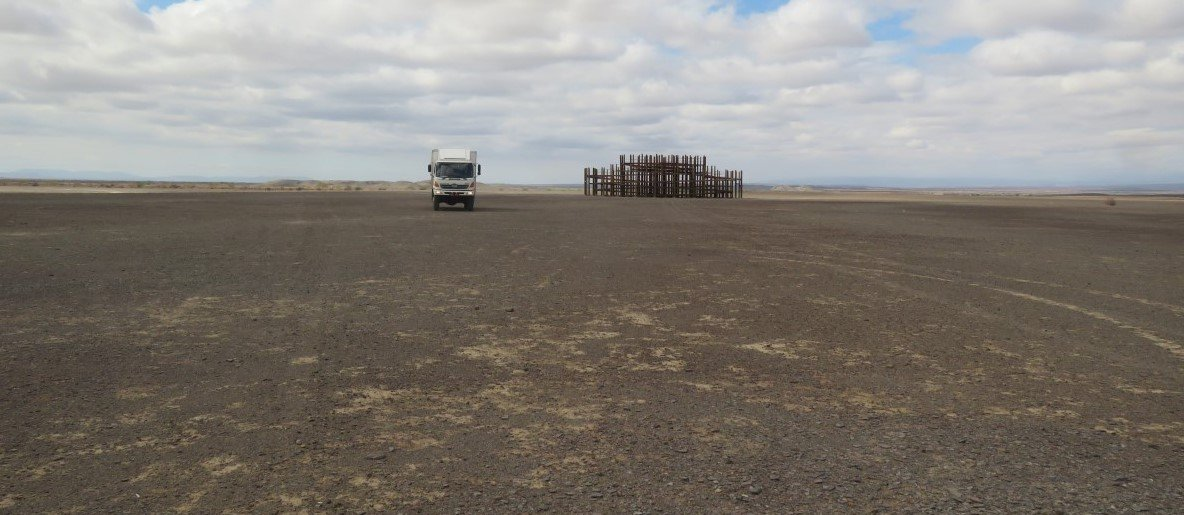
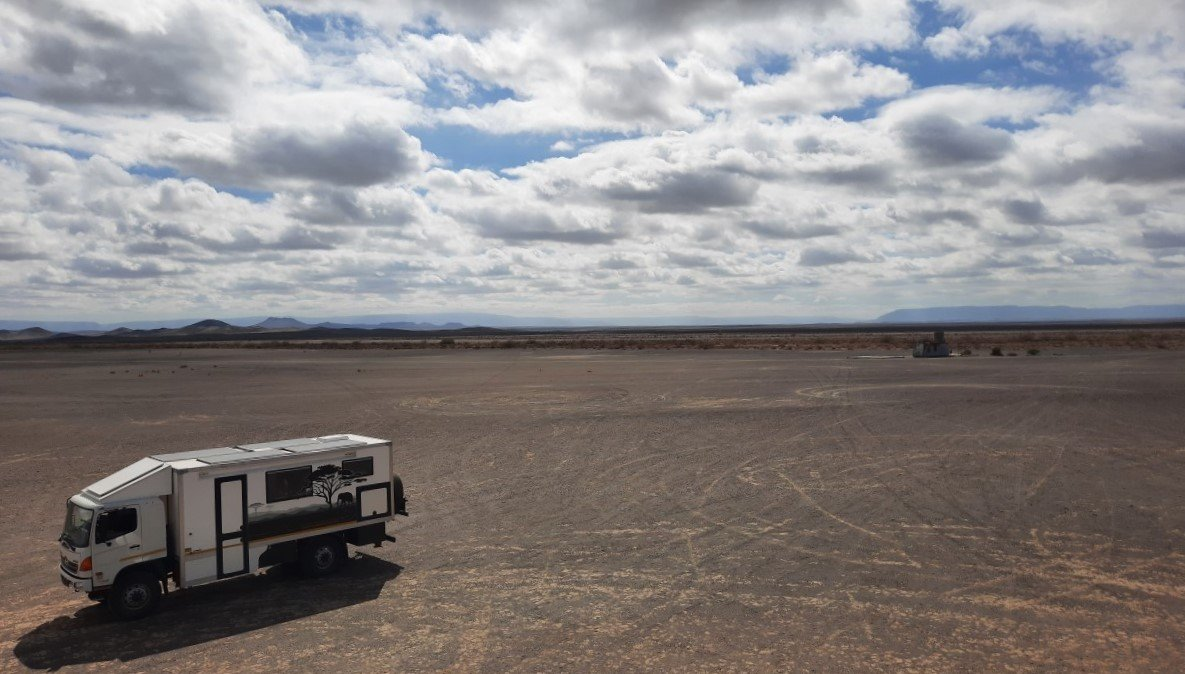
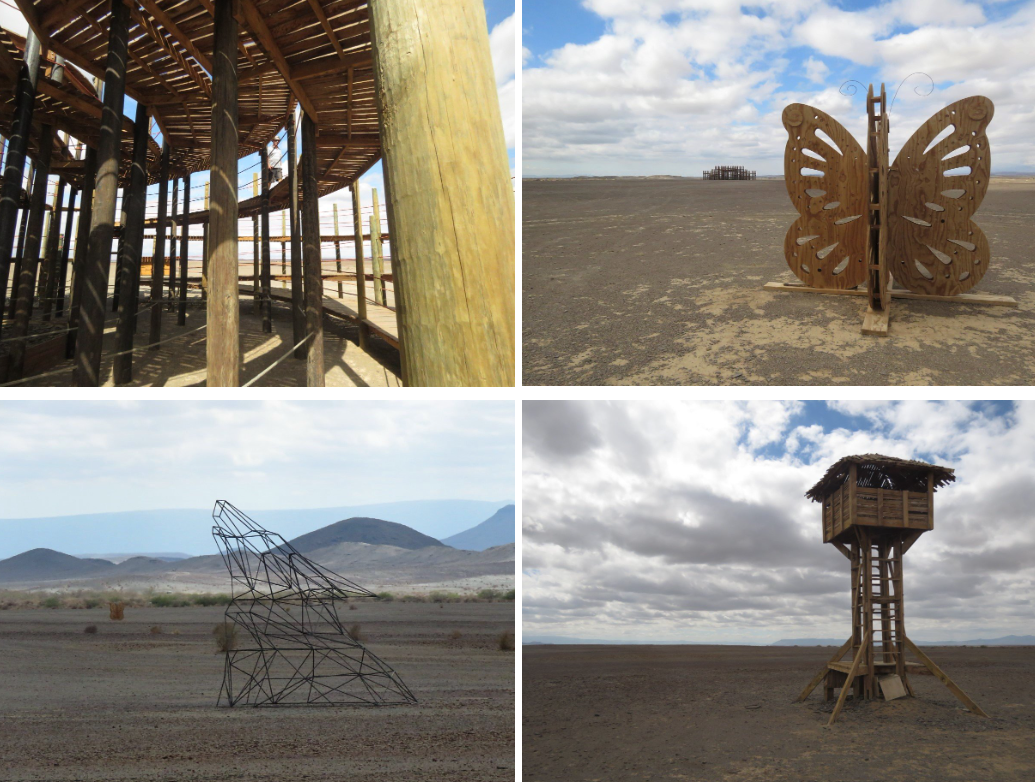
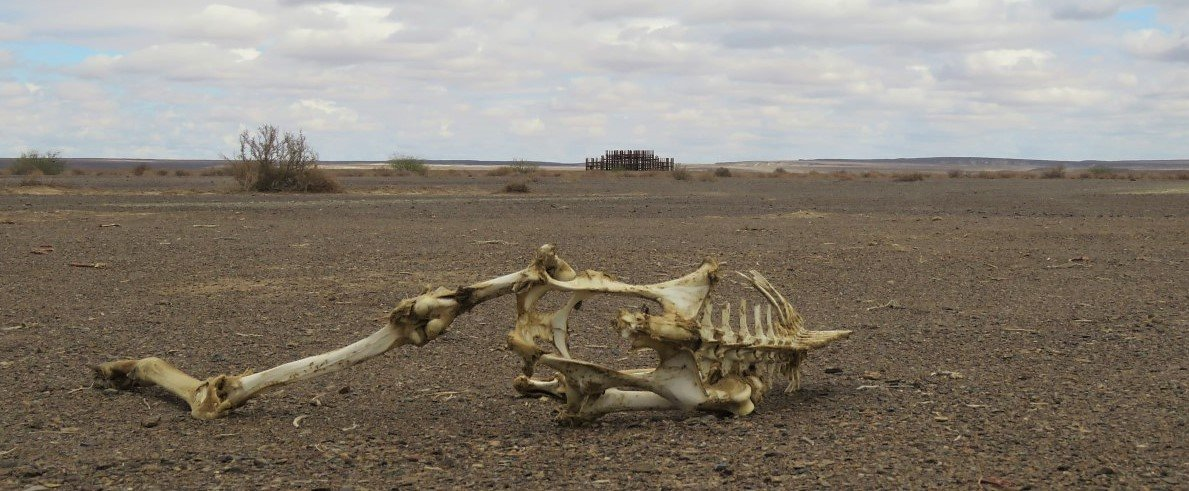
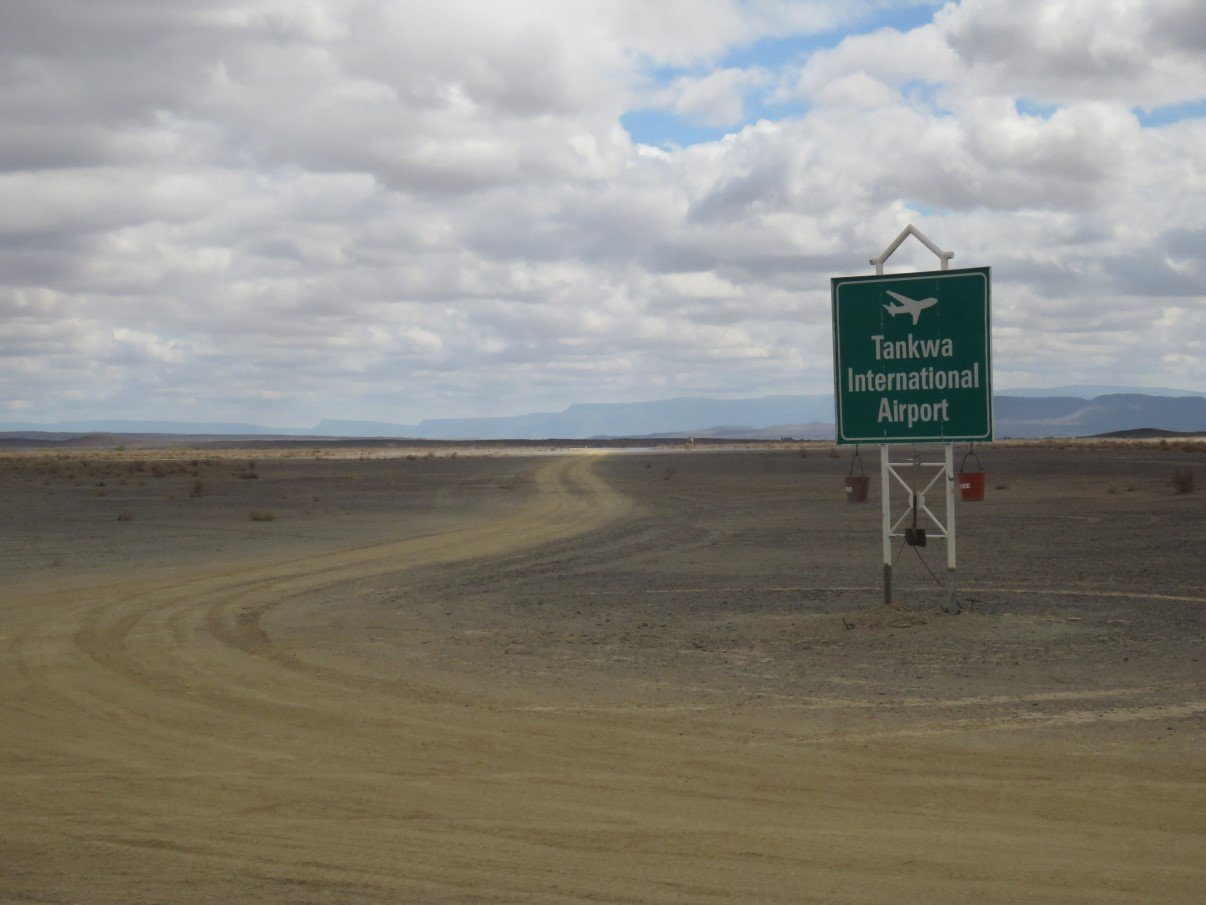
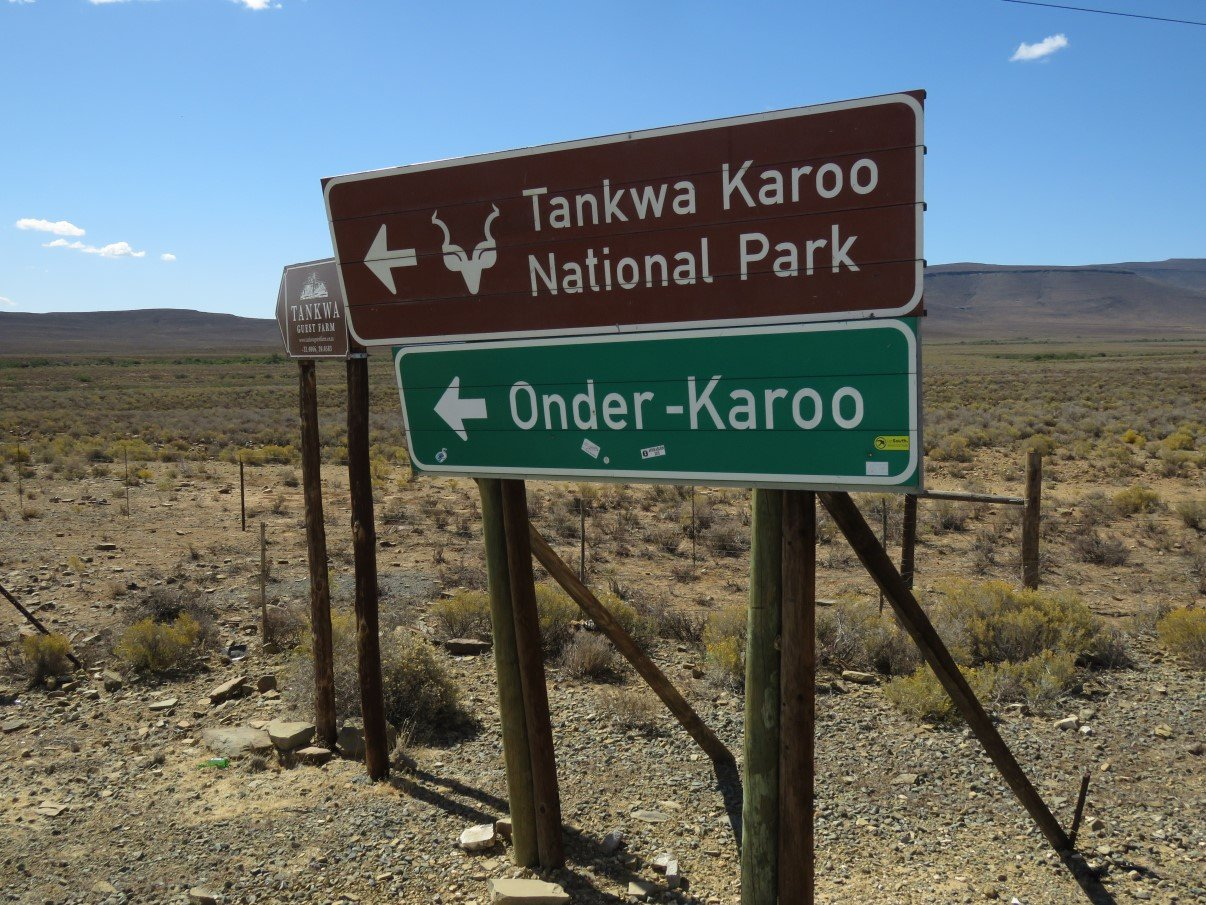
The rest of the day we drove rocky tracks, shook all about on heavily and less heavily corrugated roads and had umpteenth coffee breaks in complete solitude. It makes you think what solitude means if you pass less than five cars per day !
We know… the desert is not made for everyone: vast plains as far as you can see, an alien sand and rock moon landscape with shrubs sprinkled randomly under never ending skies and virtually not a soul to meet for hours. Do we like it? Hell, yes!
To just sit there with a cup of coffee, staring in the distance under this great sky is humbling. In a place like this you get to experience the true meaning of the saying: deafening silence! Not that we don’t enjoy the mountains or the rocky shores. It’s difficult to put into words… it’s just different and awesome! So bear with all our desert pics… we just wanna share and hope you can feel it too.
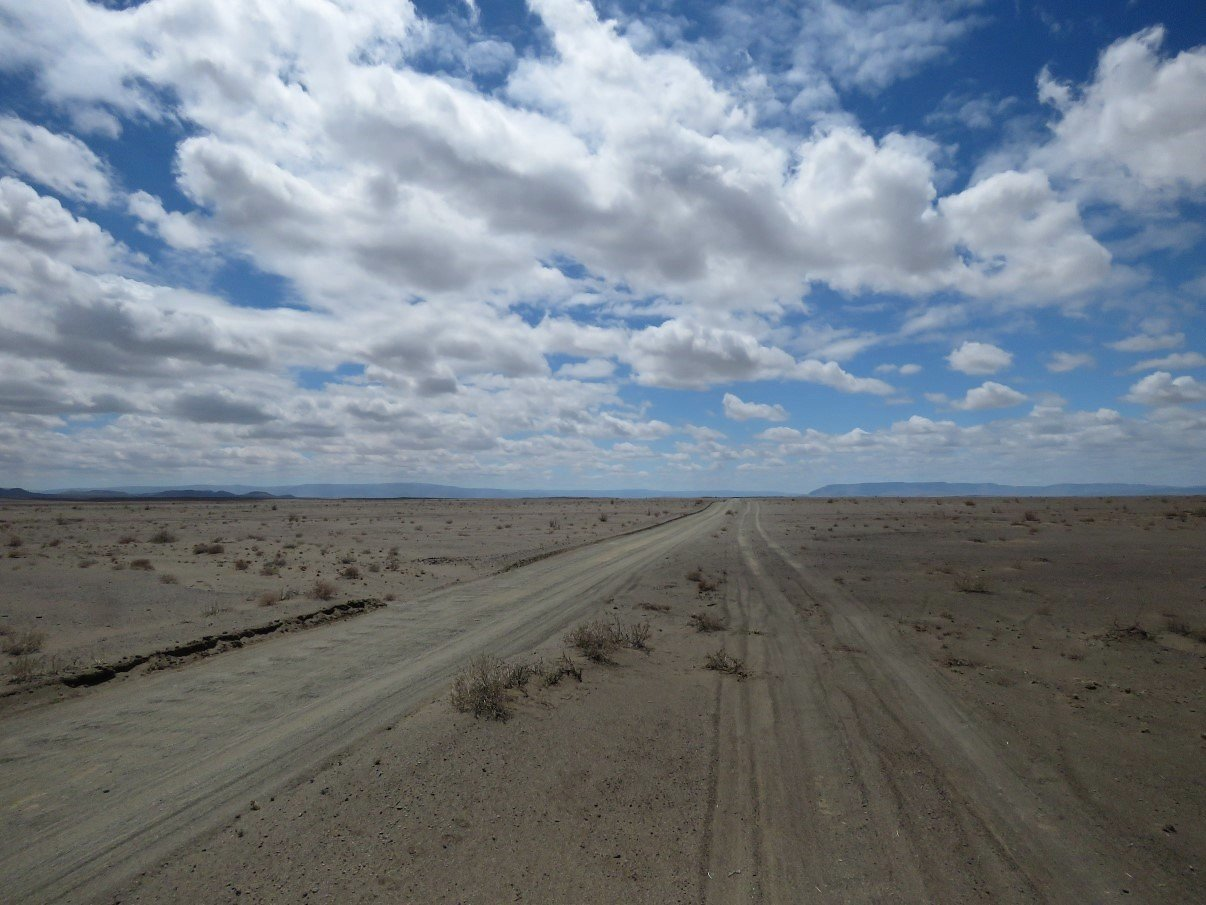
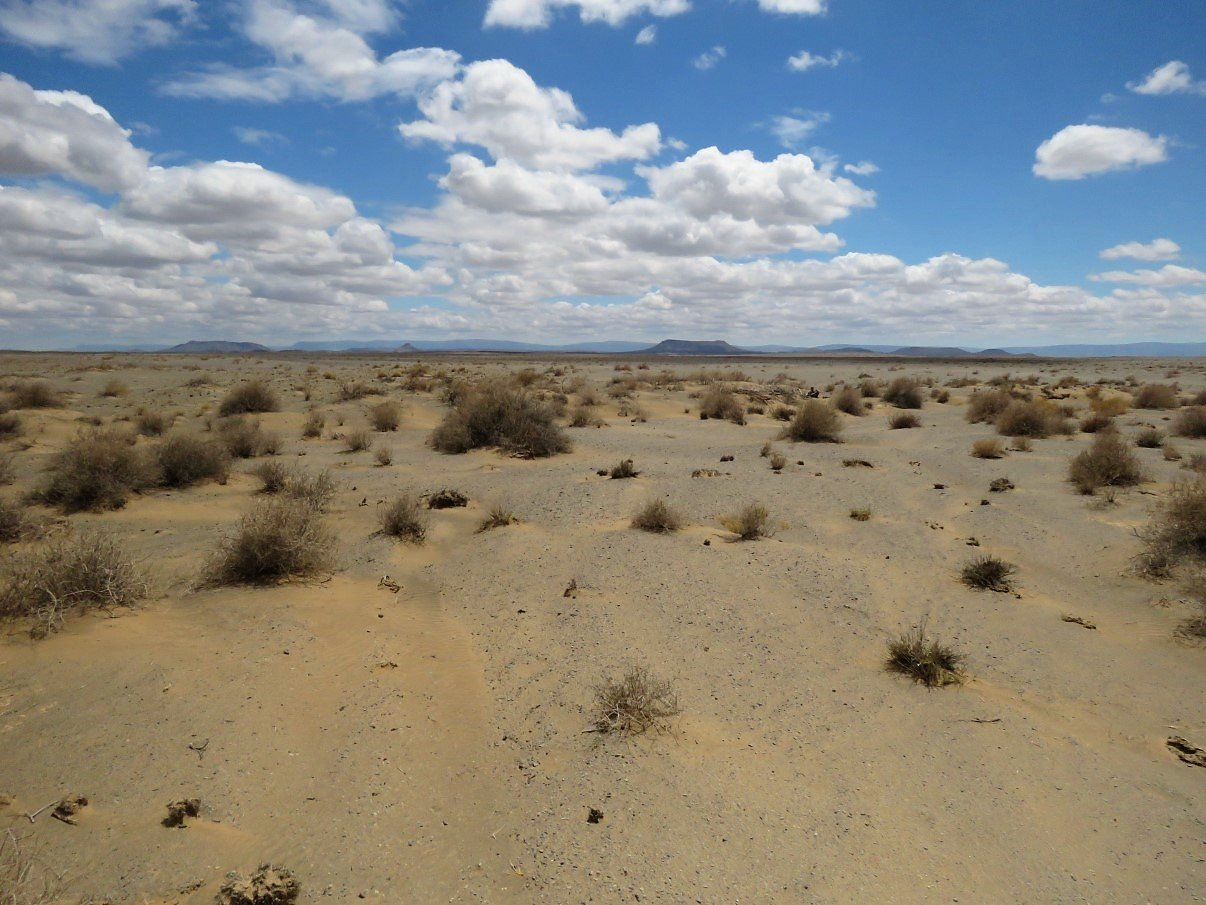
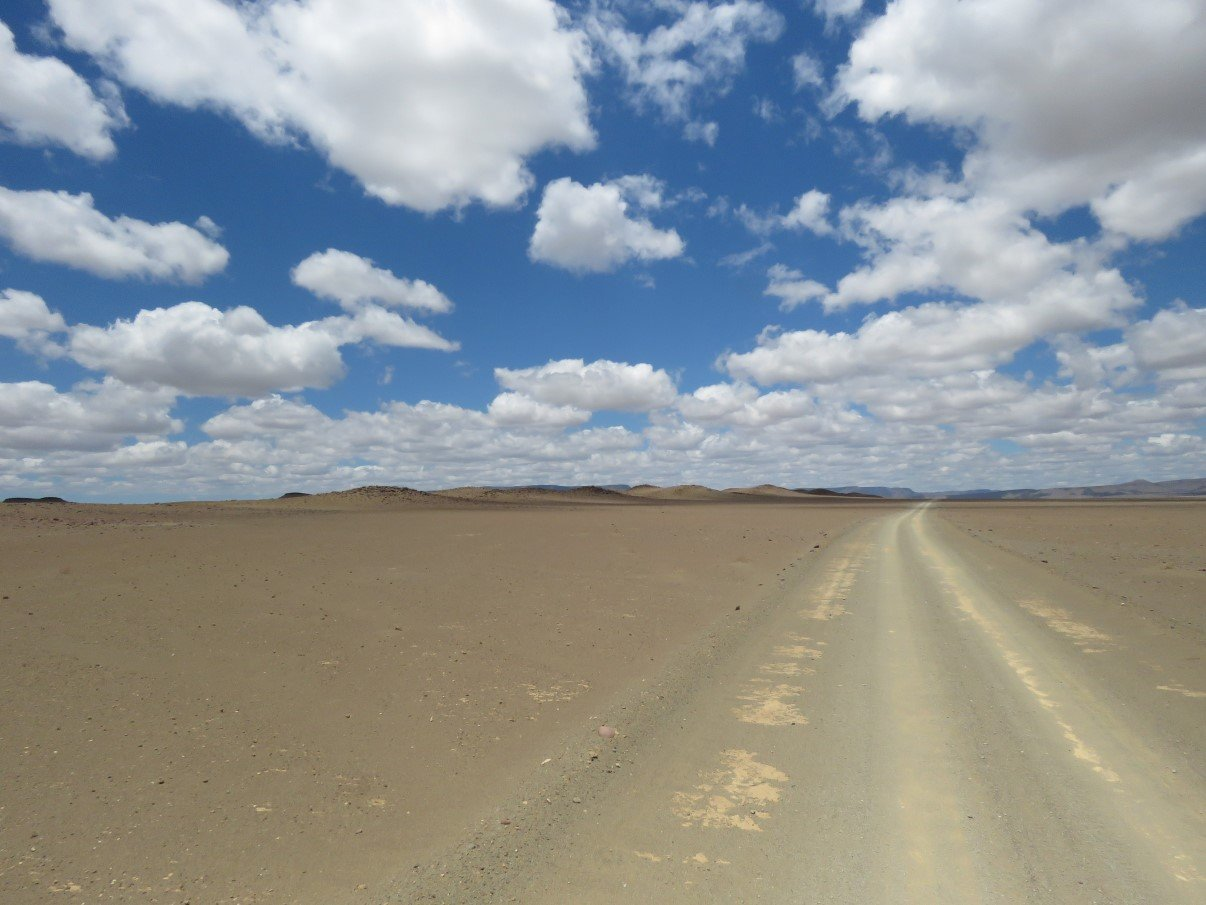
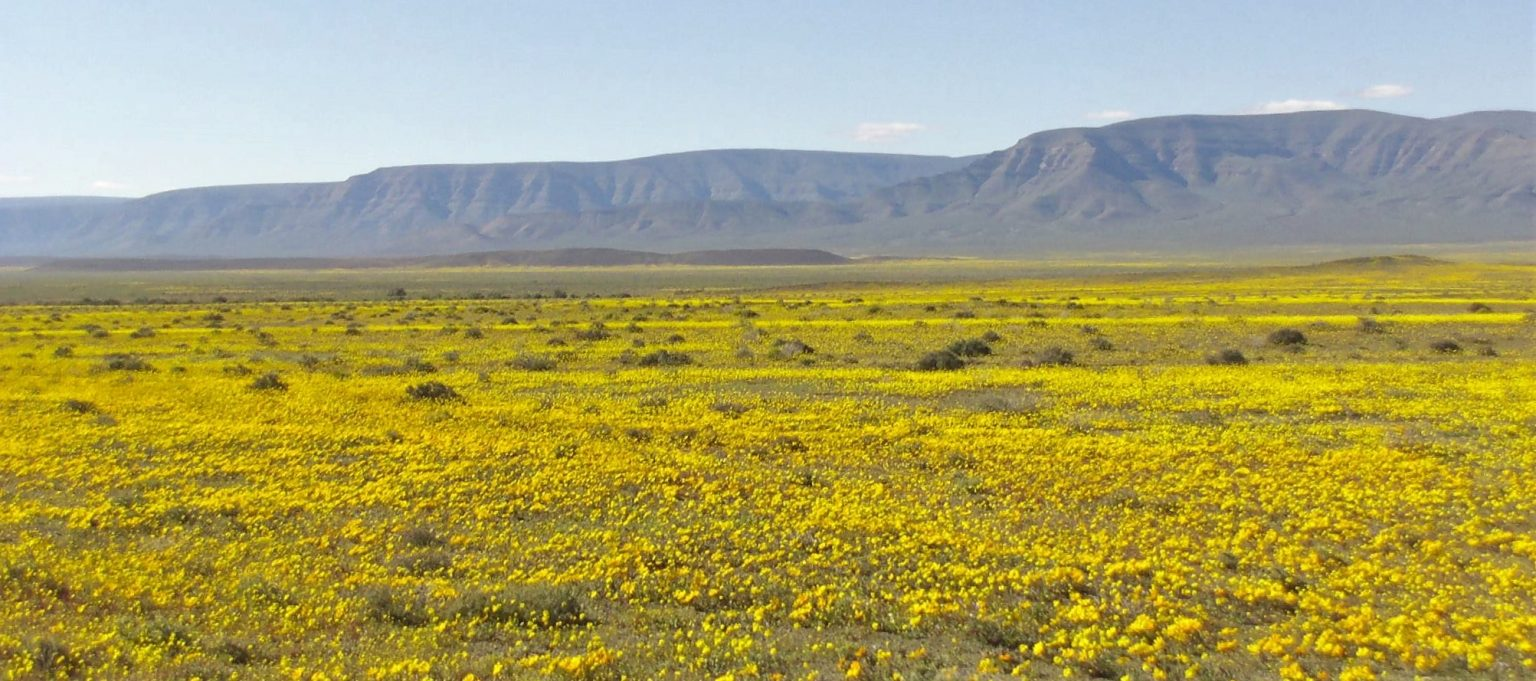
We passed dry riverbeds with a surprising wealth of succulents and other plant life that, at first glance, may look dead but, as photos at the park’s office later showed, explode with colour… if it just gets some rain. (see picture above courtesy of Sanparks)
We passed lonely graveyards that echoed the solitude and peace of this land and we saw a farm entrance decorated with an old and rusted loco and a handful of lacy quiver trees etched against the blue sky.
We passed more dry riverbeds dotted with dried spiky bushes bleached by the sun and yellow and chartreuse shrub-pompoms that have found root amongst the blueish rock.
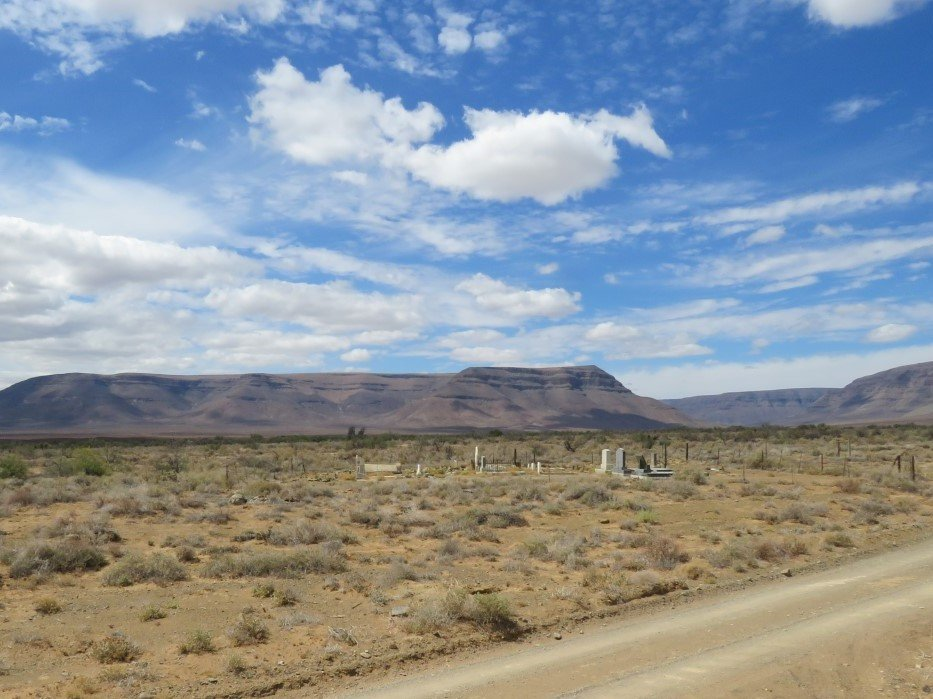
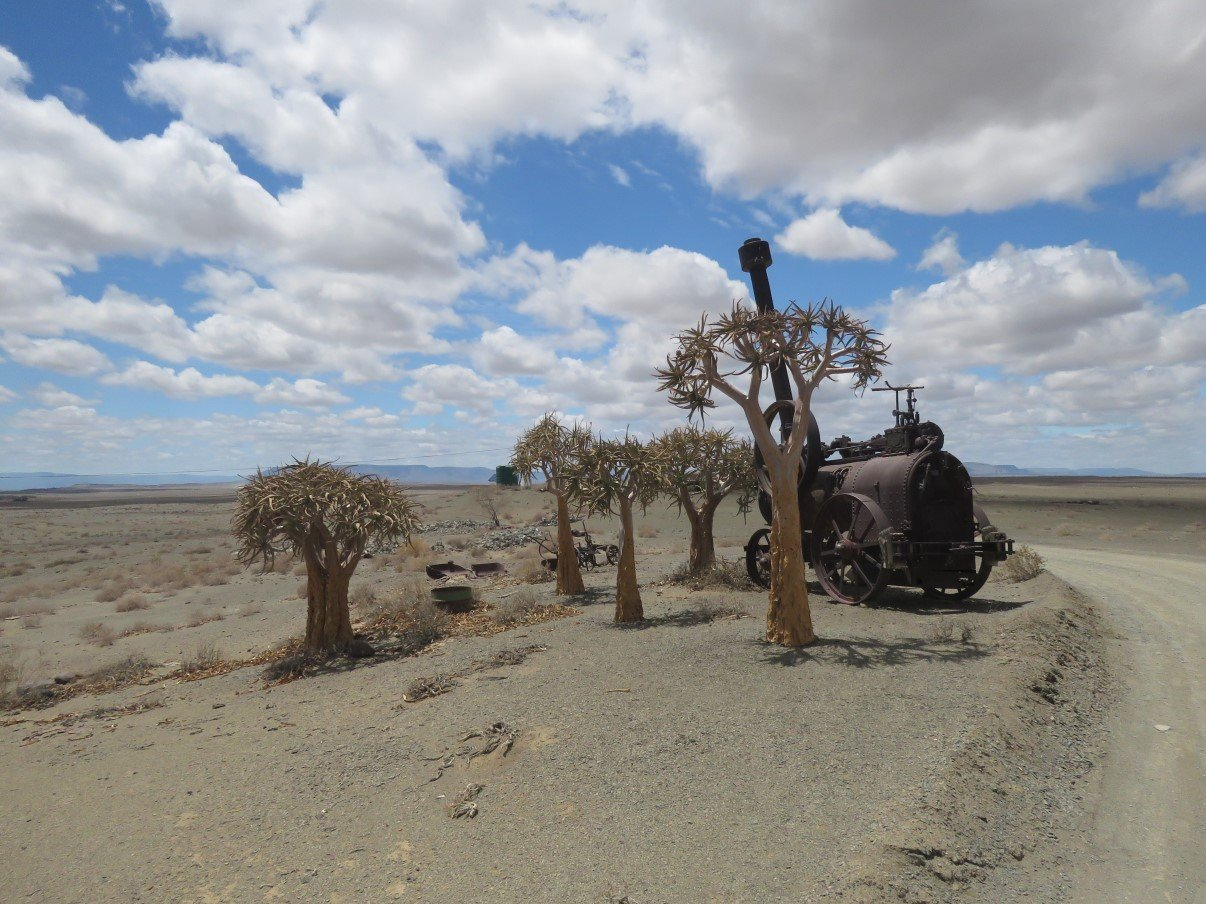
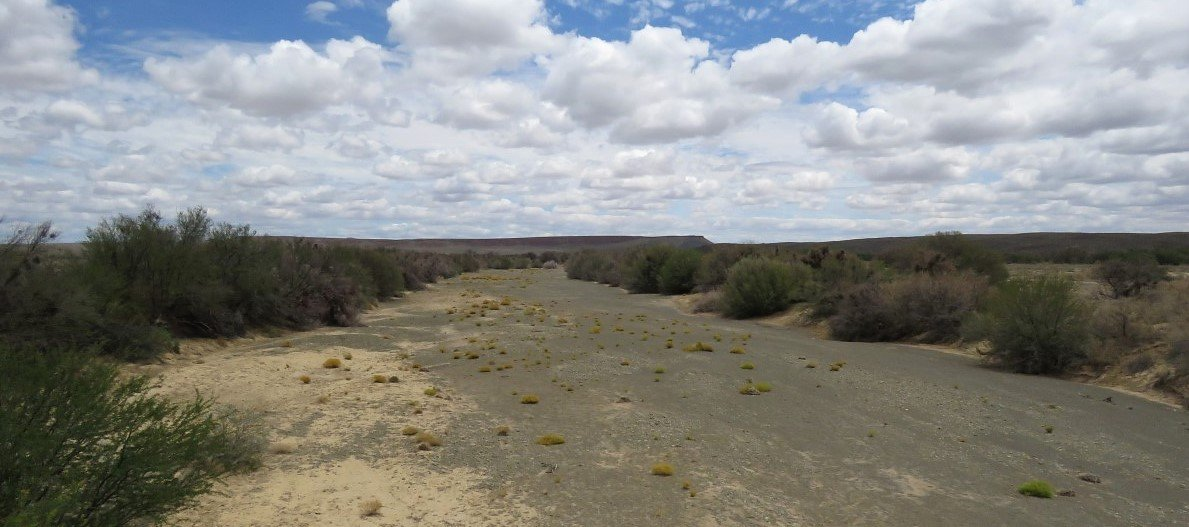
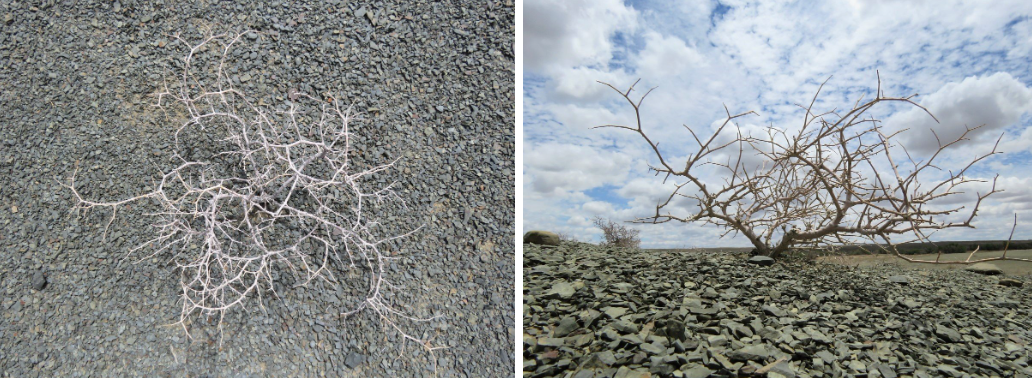
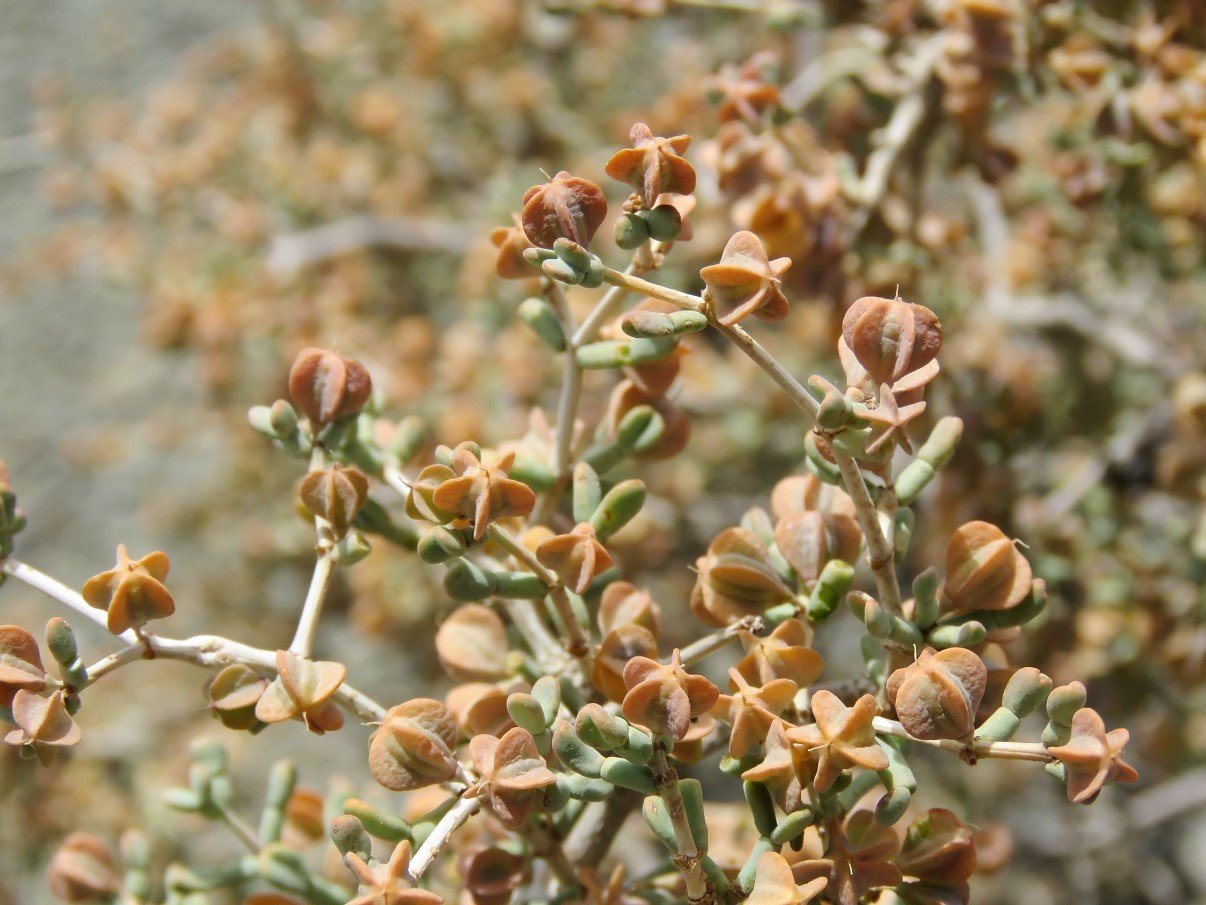
We eventually hit the R356 for the last few kilometers towards the official entrance of the park, where we booked a camp-site at Perdekloof in the Elands Mountains, which was another 9 km away from the main gate. When we looked at the map we received when booking in, we saw that the entry gate at Stonehenge was indeed labelled as “no access into the park”.
We drove to our camping spot in the kloof and when taking in some water, we messed a little puddle on the ground and were perplexed to see bees coming to drink at the puddle. Some birds came to drink too and later even a toktokkie beetle came to suck out the water from the moist sand.
We had a nice braai, with a beautiful sunset and set up our Christmas tree.
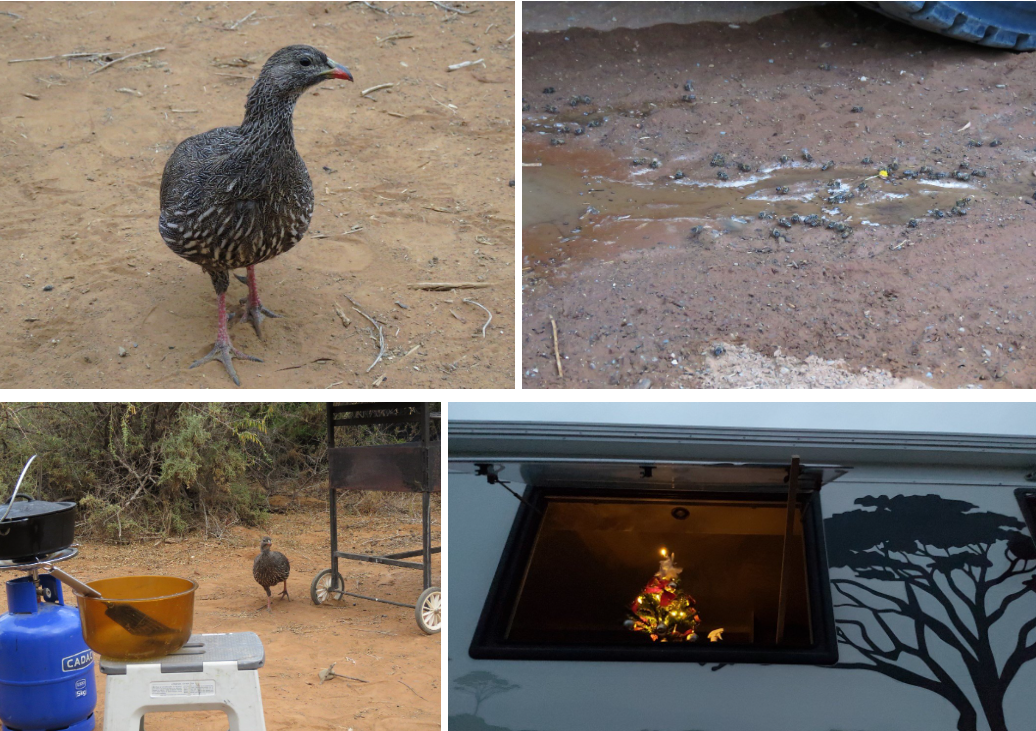
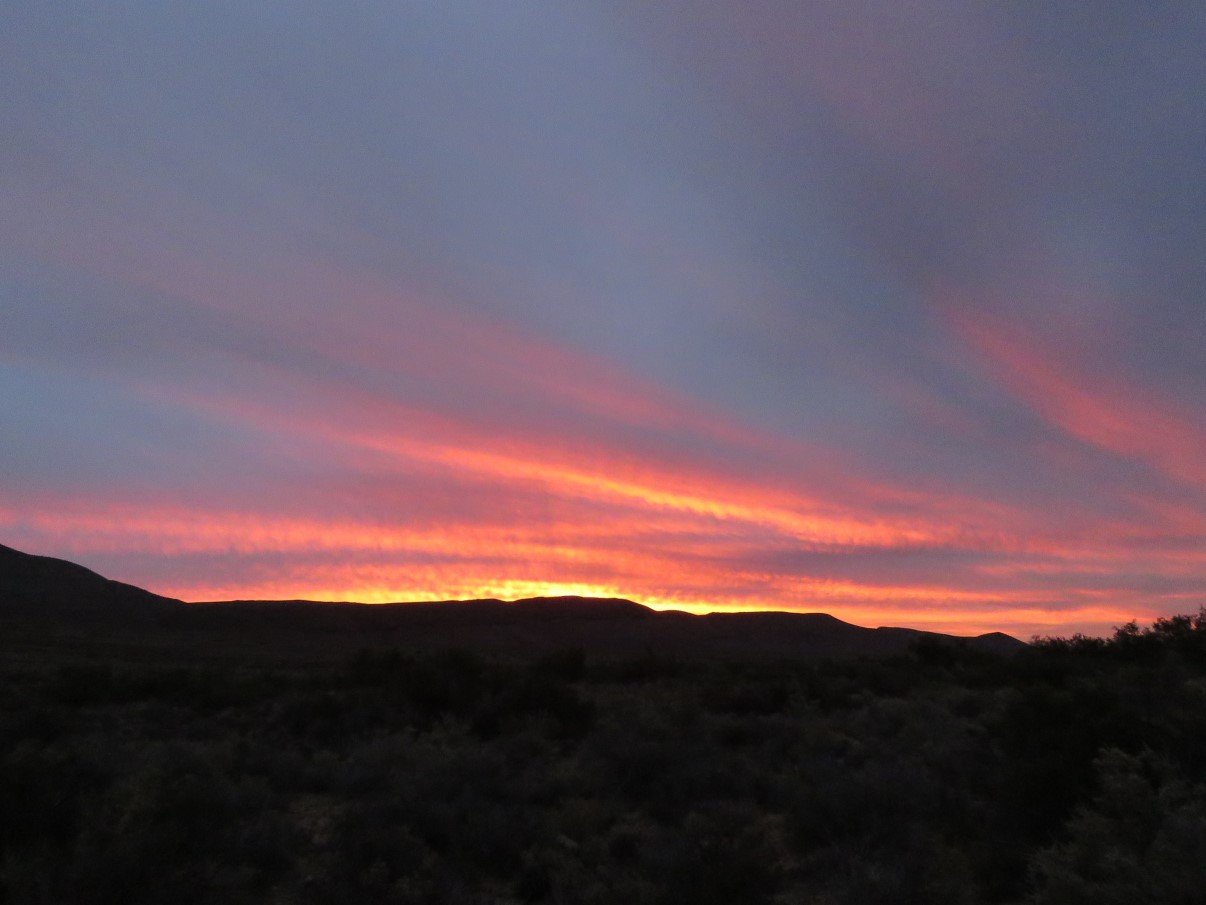
The next morning we left our kloof and, driving towards the Tankwa River, and the R354 direction Sutherland, we saw an elusive gemsbok or two and a handful of springbok.
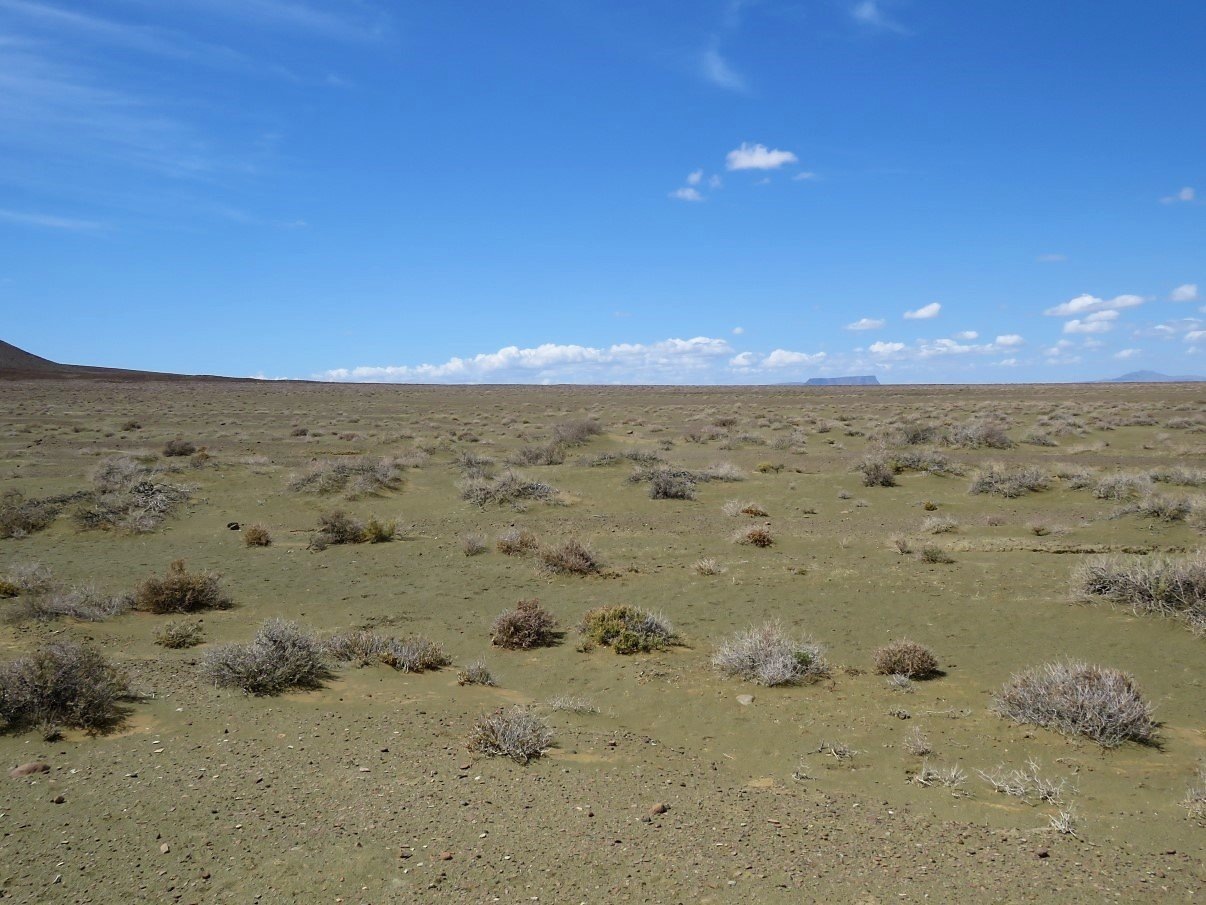
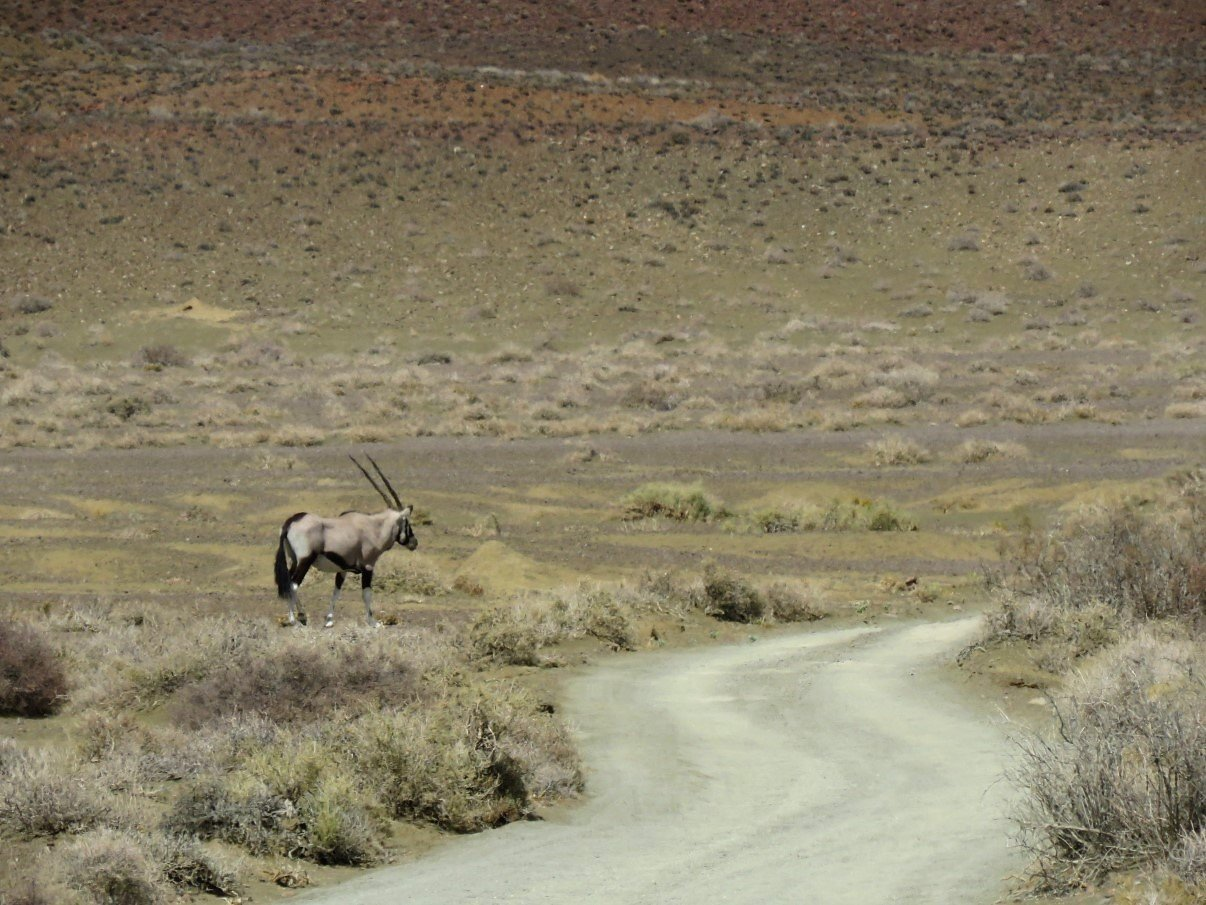
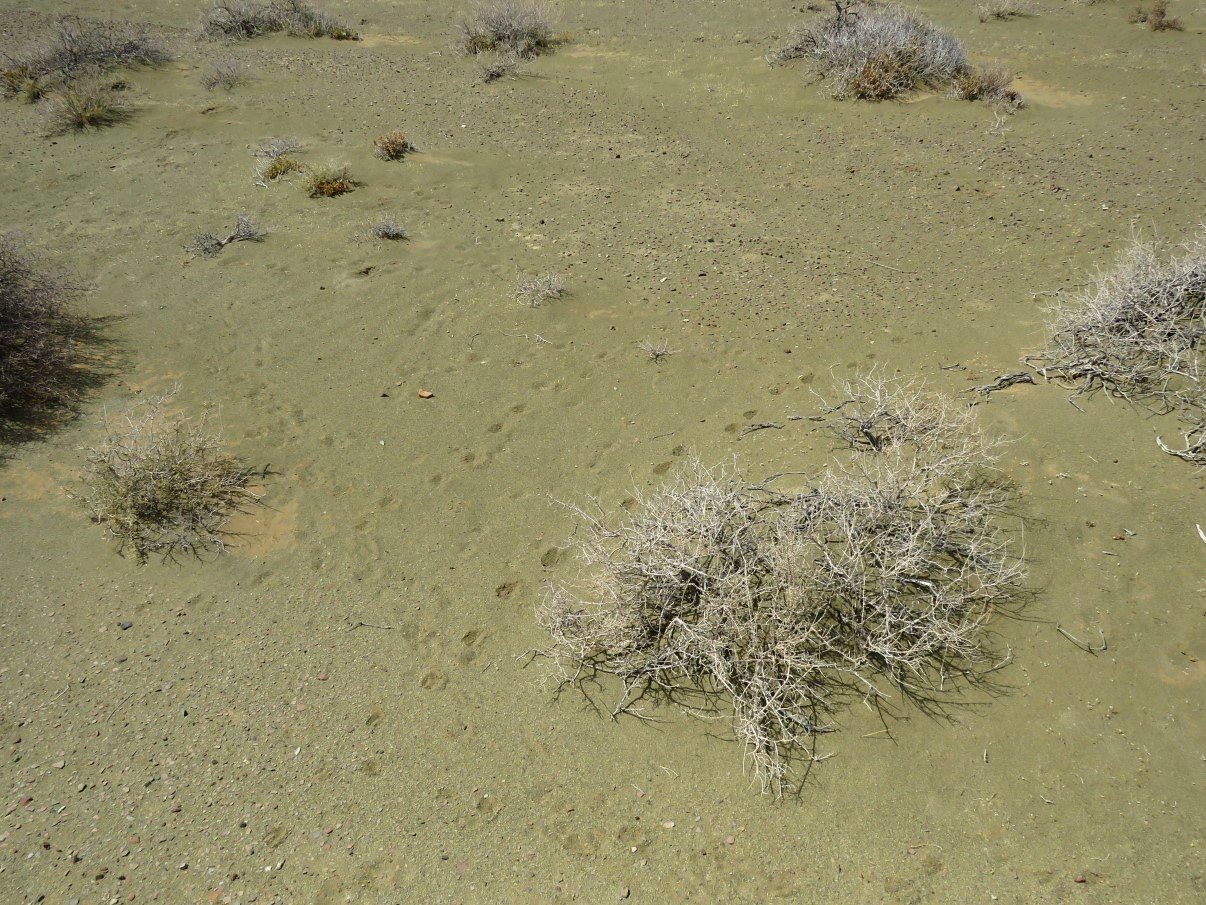
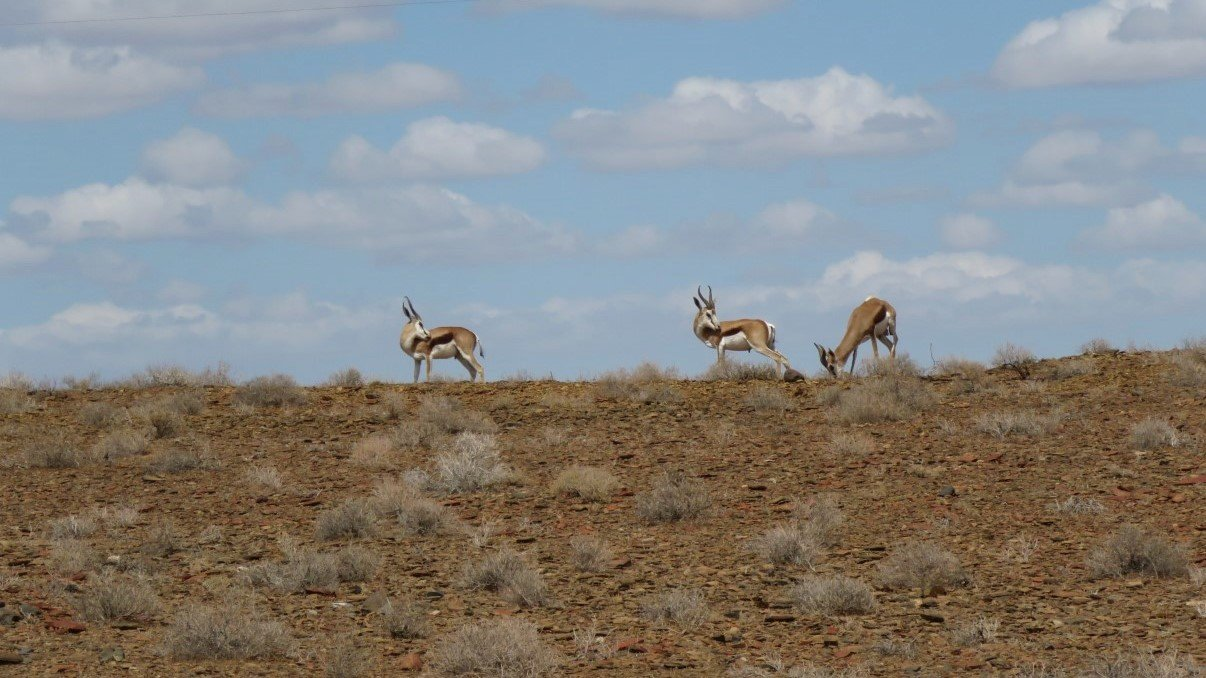
Having spent the last two days in and around Tankwa Karoo National Park we have to admit: this landscape gets under your skin. In a way it is quite different from the Karoo landscape you see when you drive on the N1 between Johannesburg and Cape Town. Although we cannot pinpoint just how exactly it is different, we remarked especially on the colouring of the hills. It is rocky country and some hills look as if they are covered with a matt greenish-greyish-blueish layer that almost looks like the soft felt of a billiard table with random bushes poking through: some bright and colourful, some dusty, bleached and faded.
The eroded riverbeds can only try to make you imagine how forceful the water can run… IF it rains! Droppings of different sizes bear testimony to the variety of wild life that seems to survive in this barren landscape.

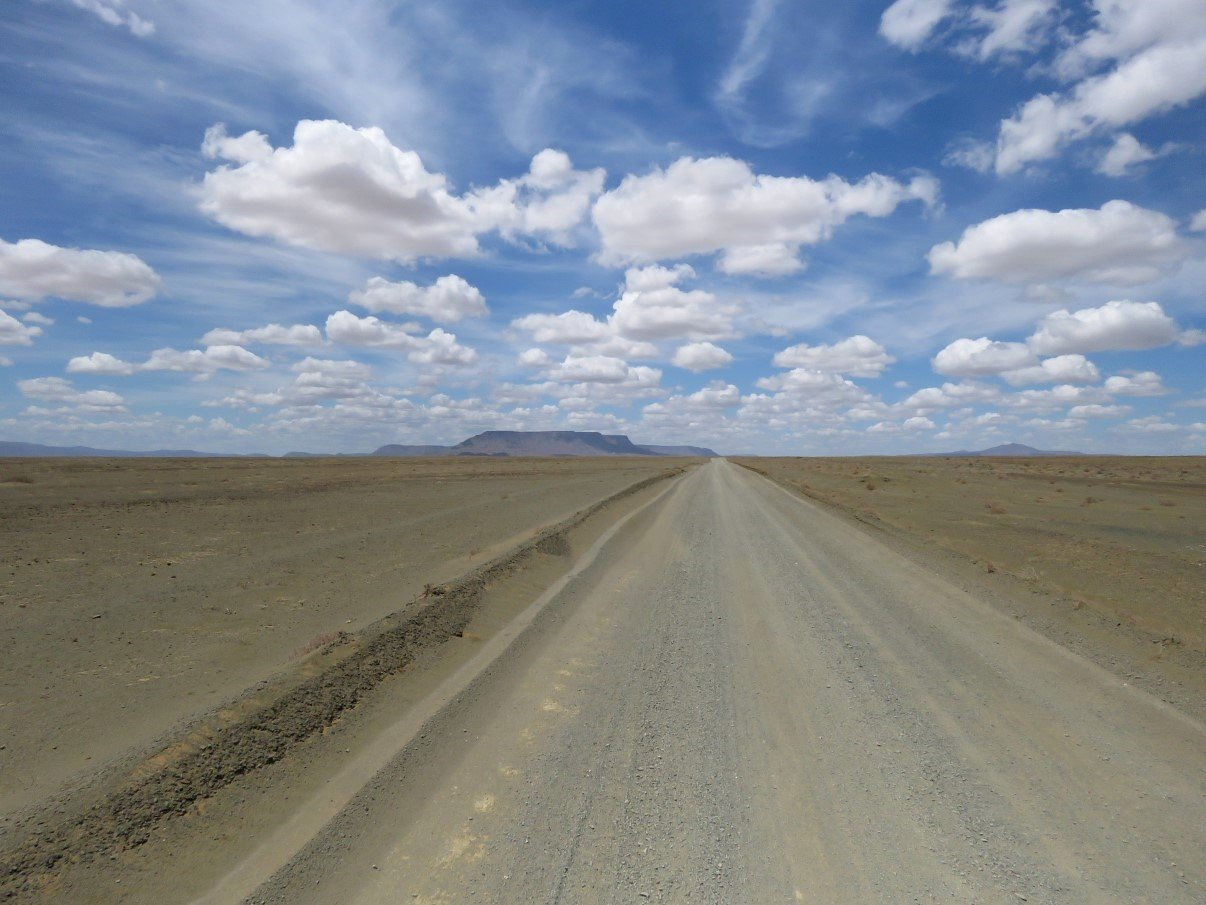
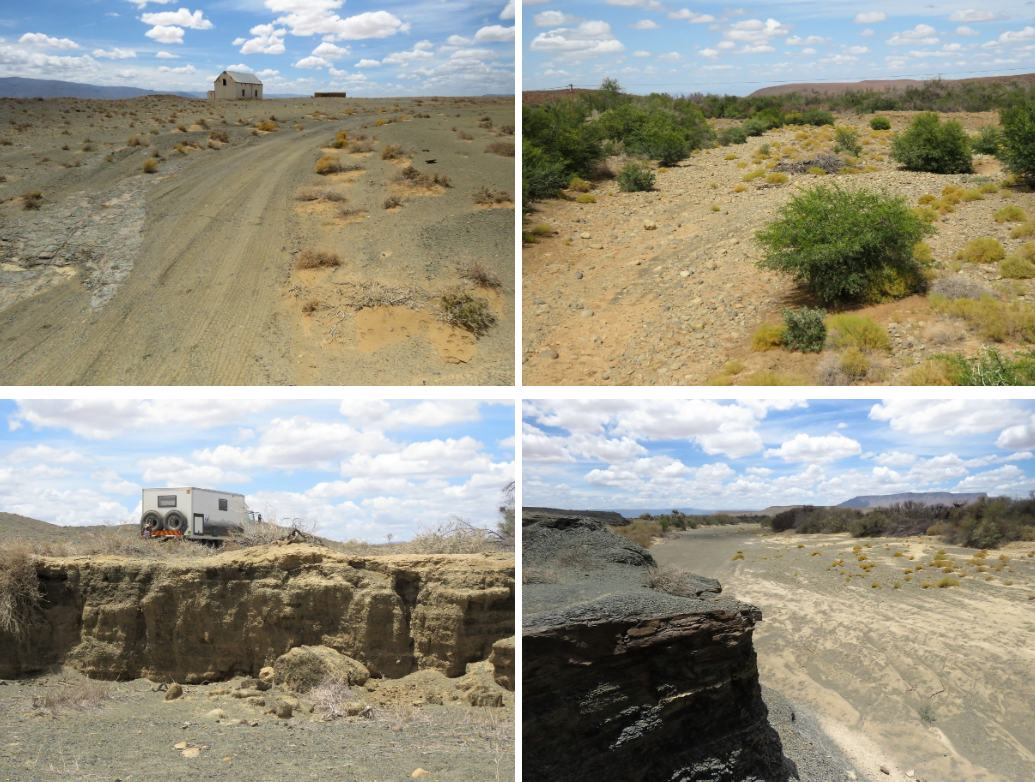
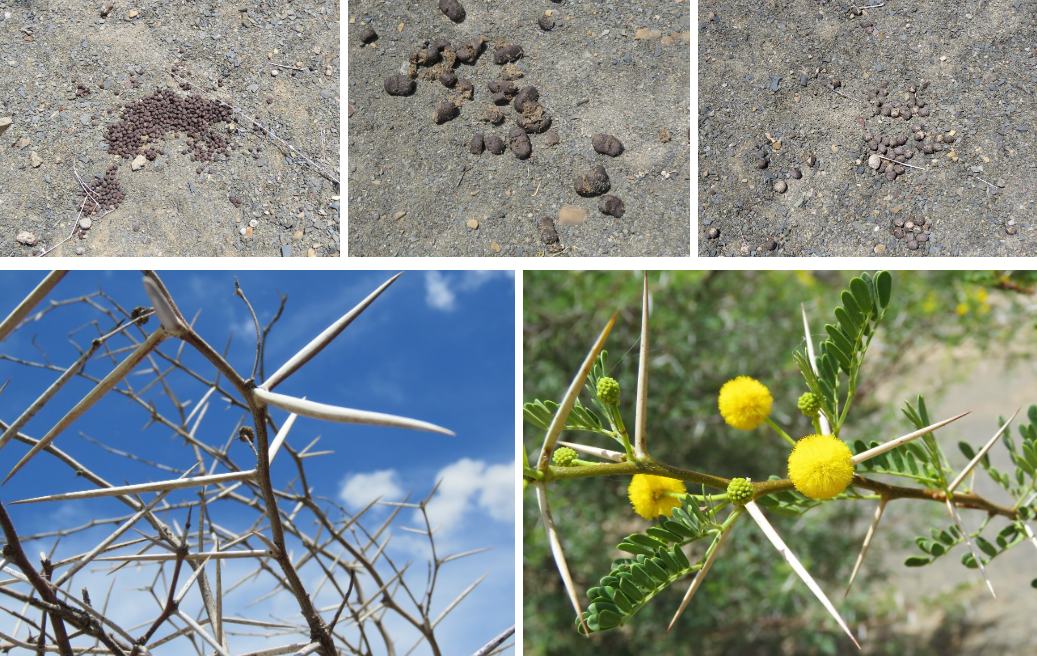
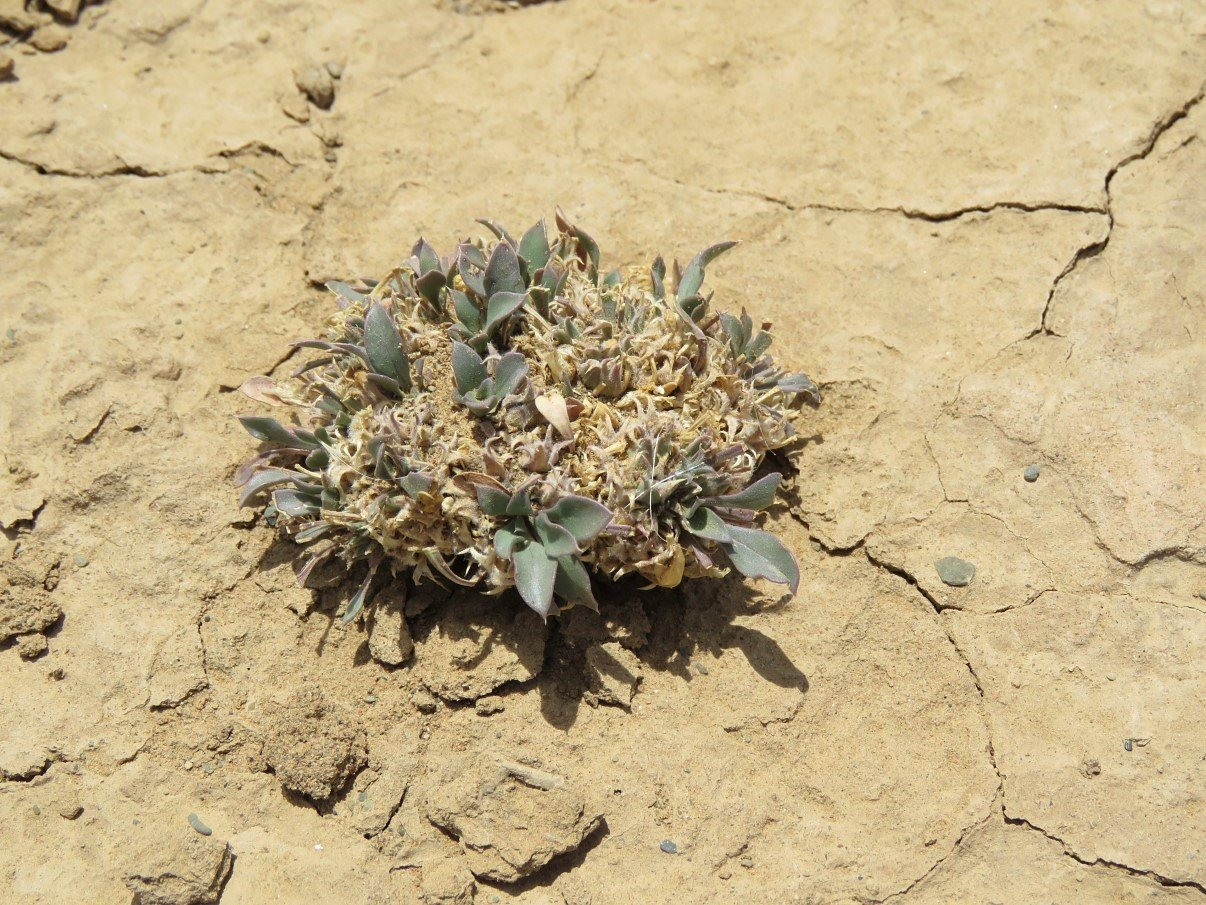
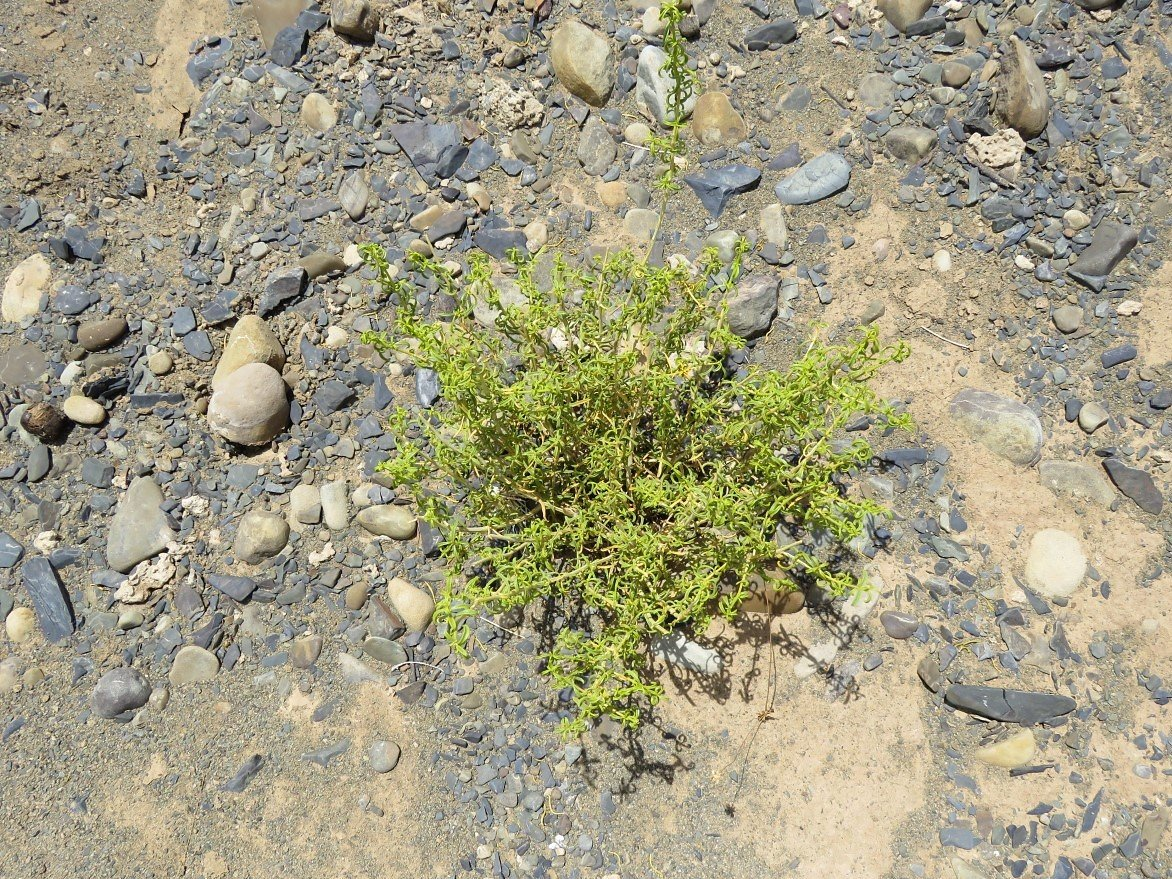
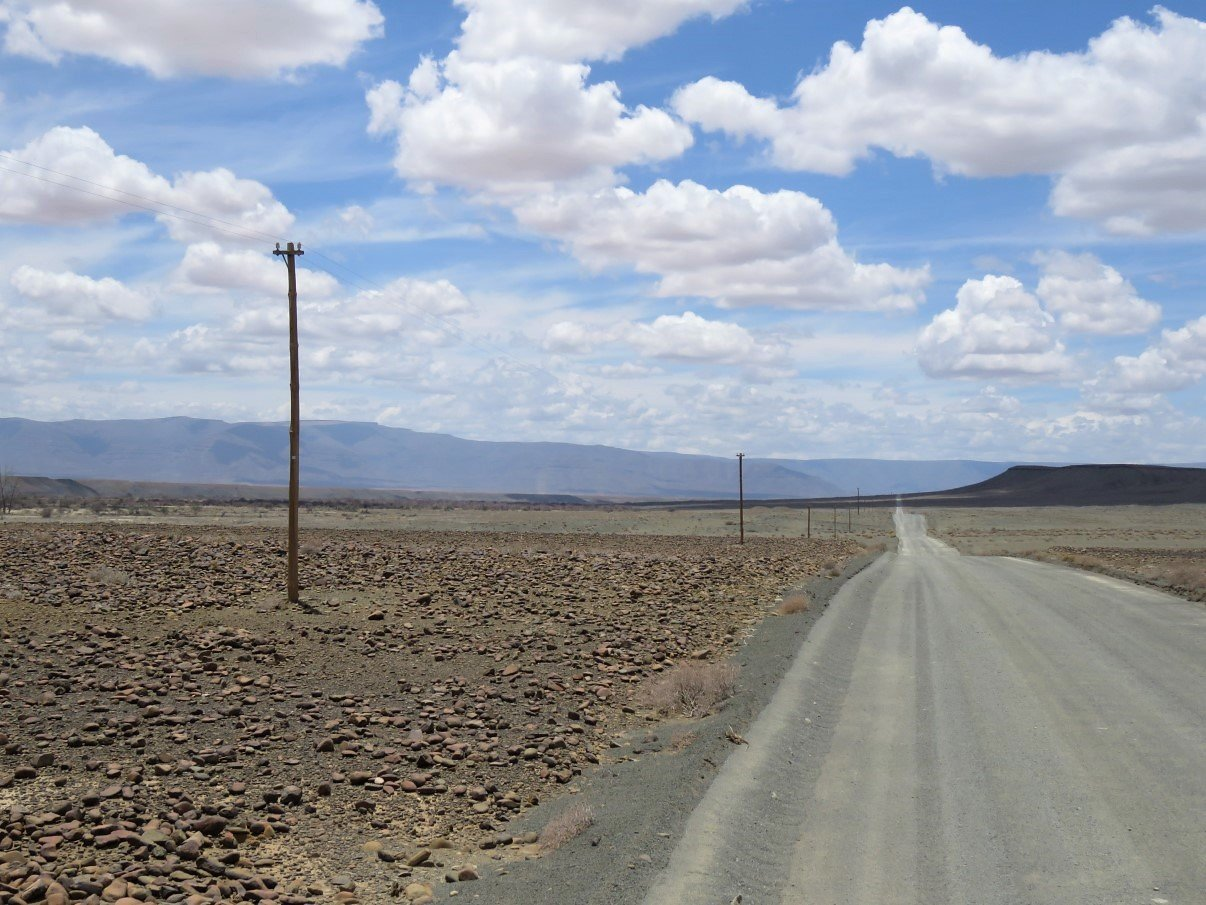
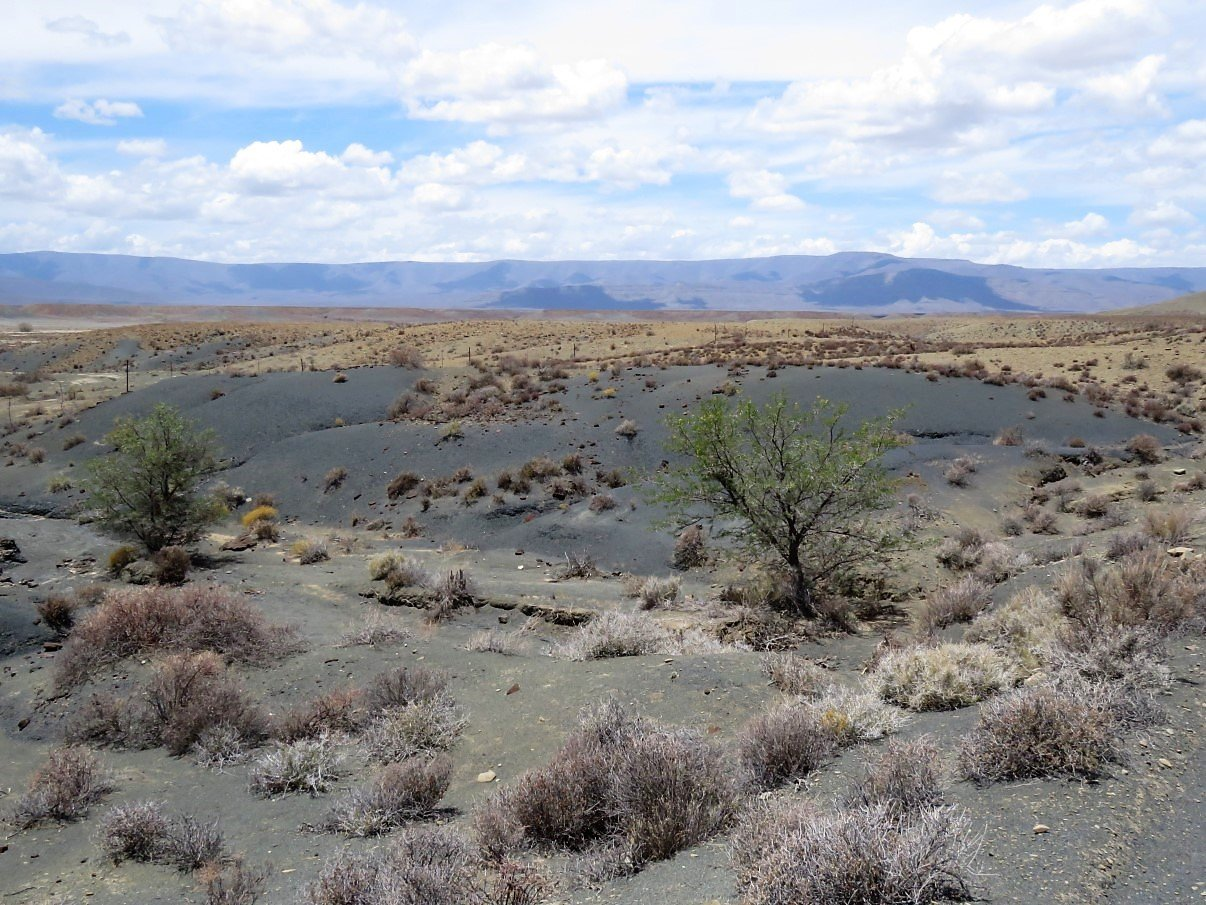
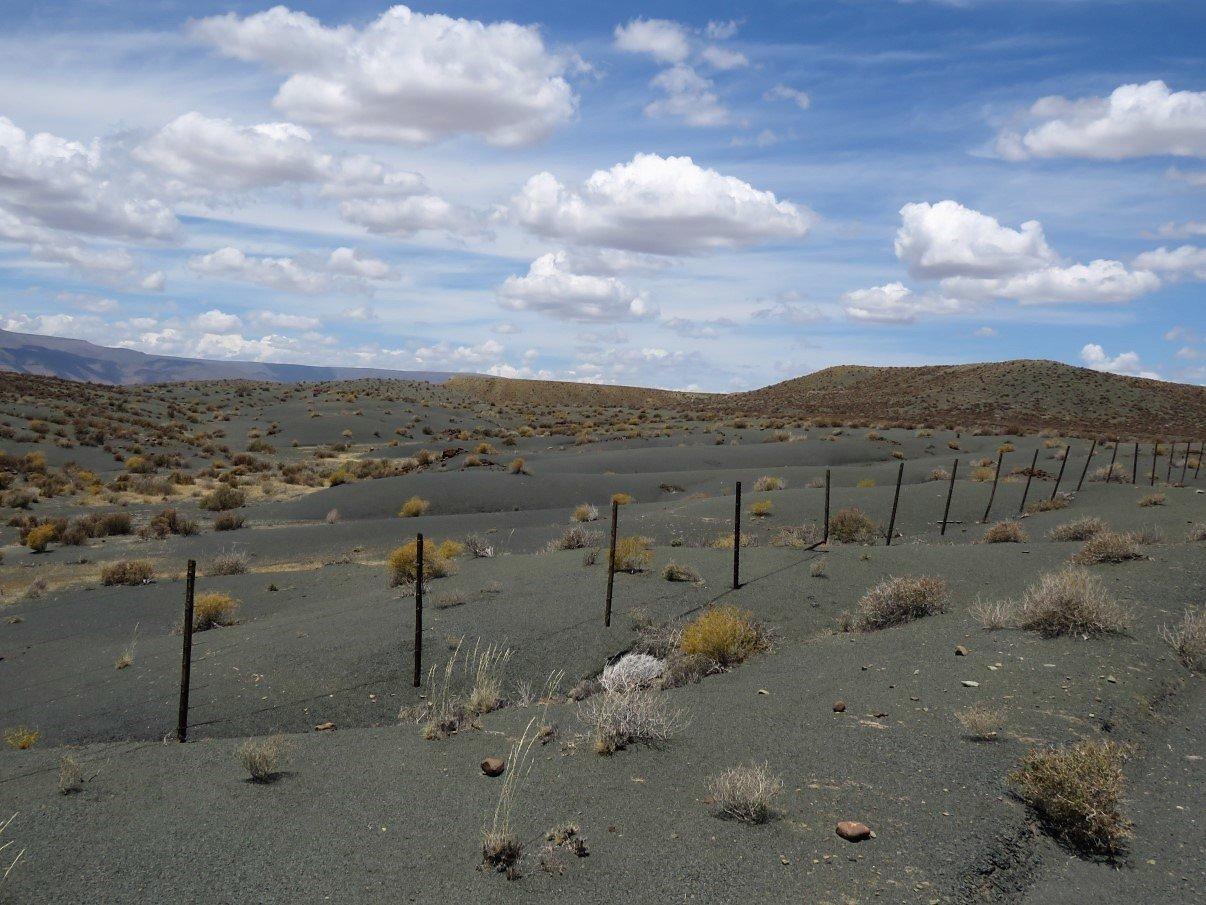
When we stopped for coffee at a little canyon along the road, we crawled under the fence for a closer inspection and, looking around, we could see where the hills get that strange greenish-greyish-blueish colour from. The stone and rock in the dry riverbed have this muted rainbow colouring, with definite greenish-greyish overtones. In other riverbeds we saw later on our trip, the dry slate (it isn’t slate but it looks like it) shimmers a bit when the sun hits it and then it looks like a real little water way coursing through the matt bushy vegetation. The images below show how you could mistakenly think there is a stream flowing past the farmhouse (l), when it’s actually a very wide and dry riverbed of smoothly eroded rock (r).
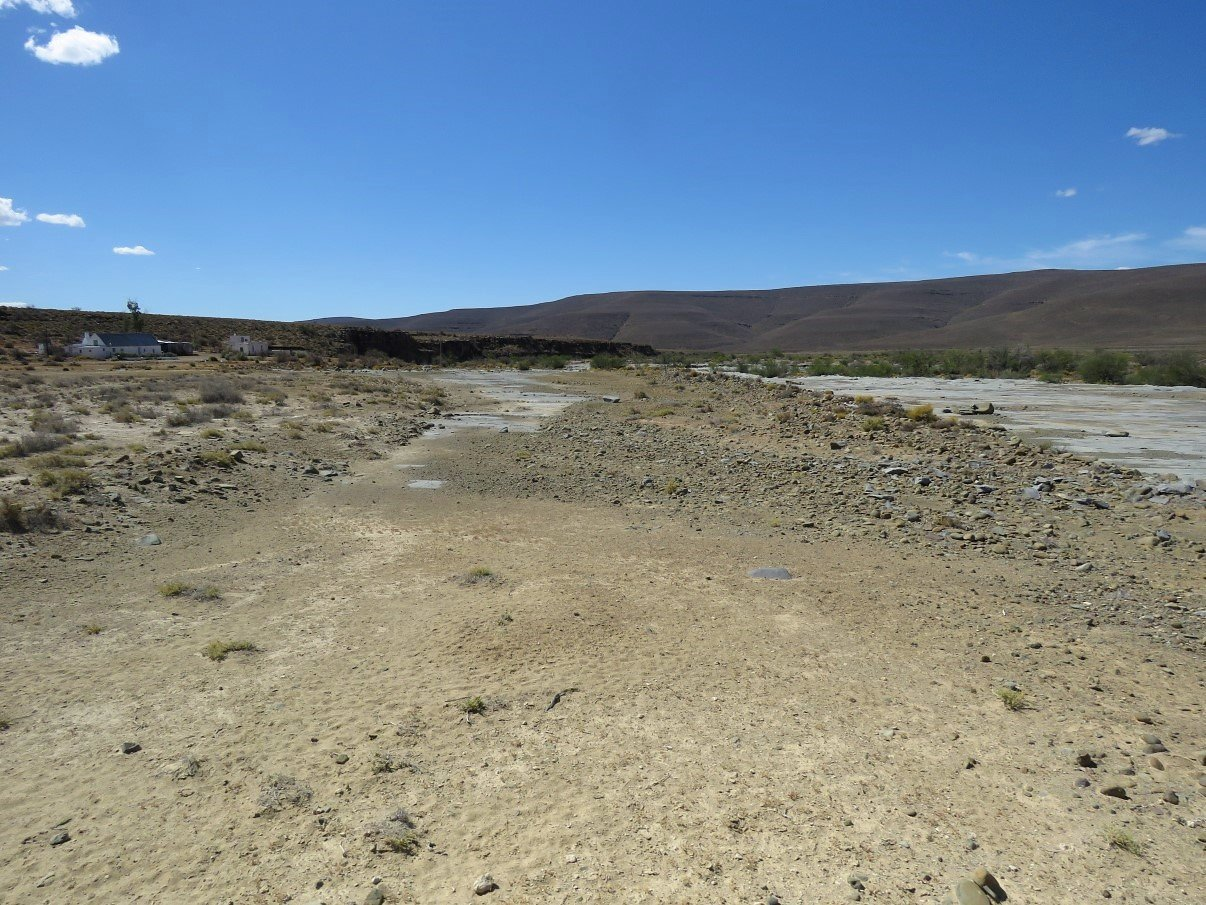
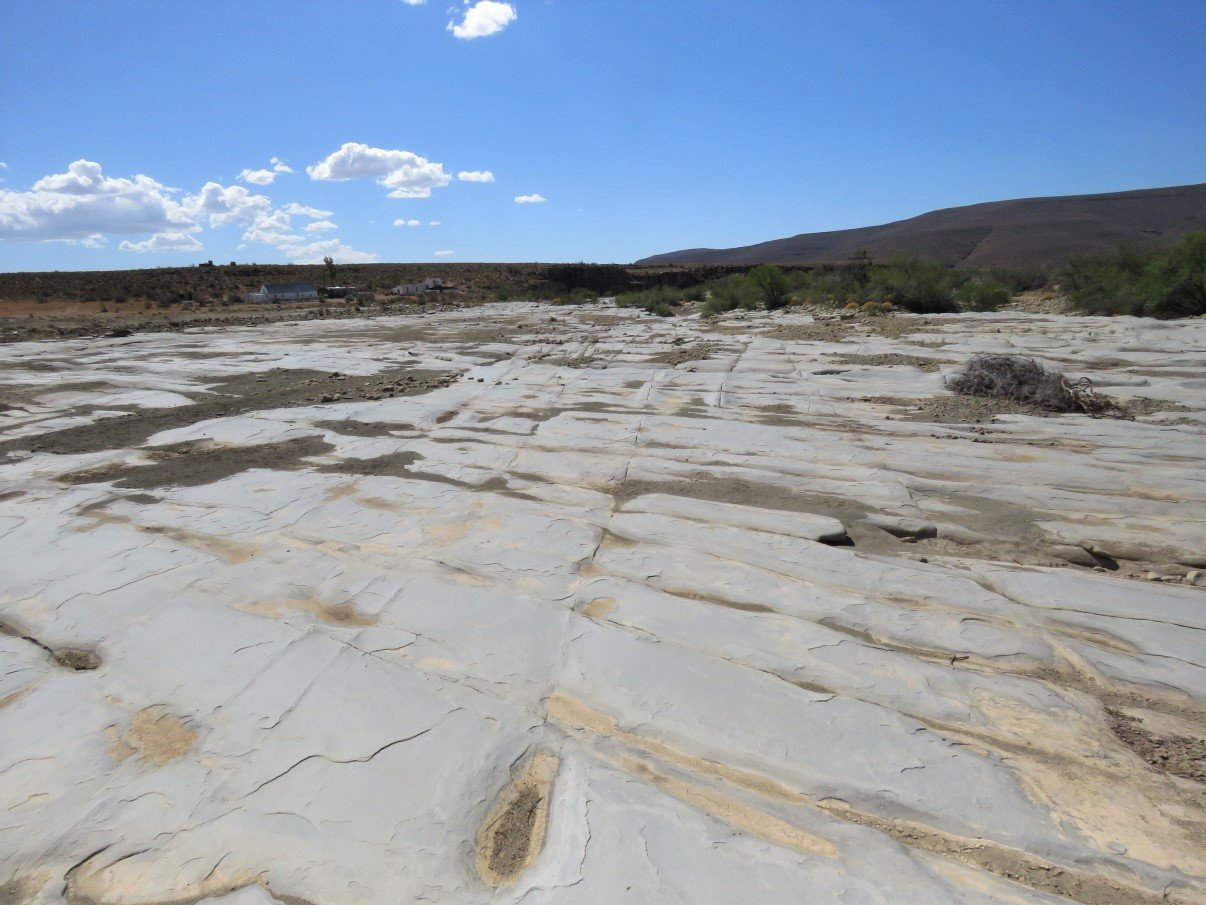
While Stefaan descended in the canyon for further exploration, I kept myself busy with photographing the smaller wonders in this landscape. It is very difficult to comprehend that these tiny little plants have a grip and survive in this rocky, hot and dry landscape, but bloom in a riot of colours with just a few drops of rain.
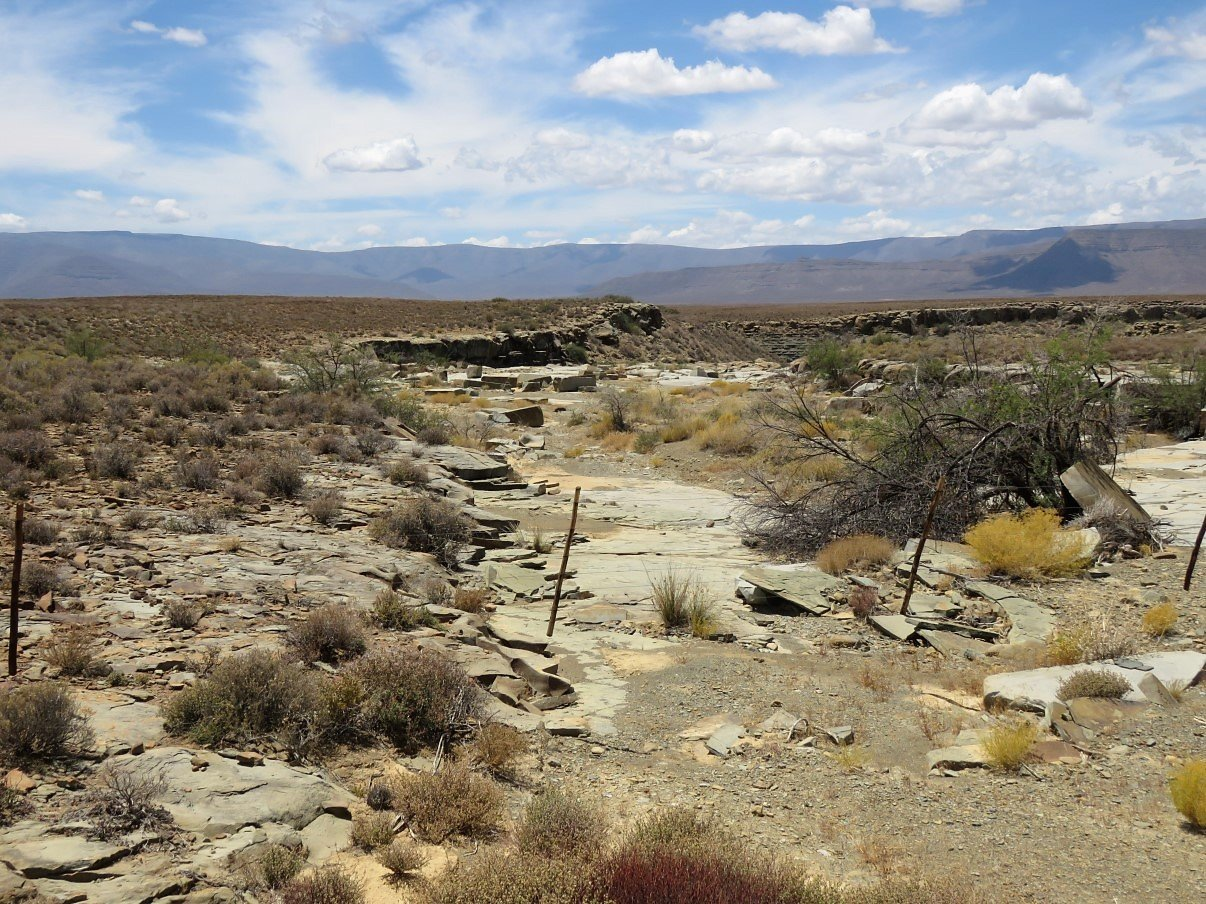
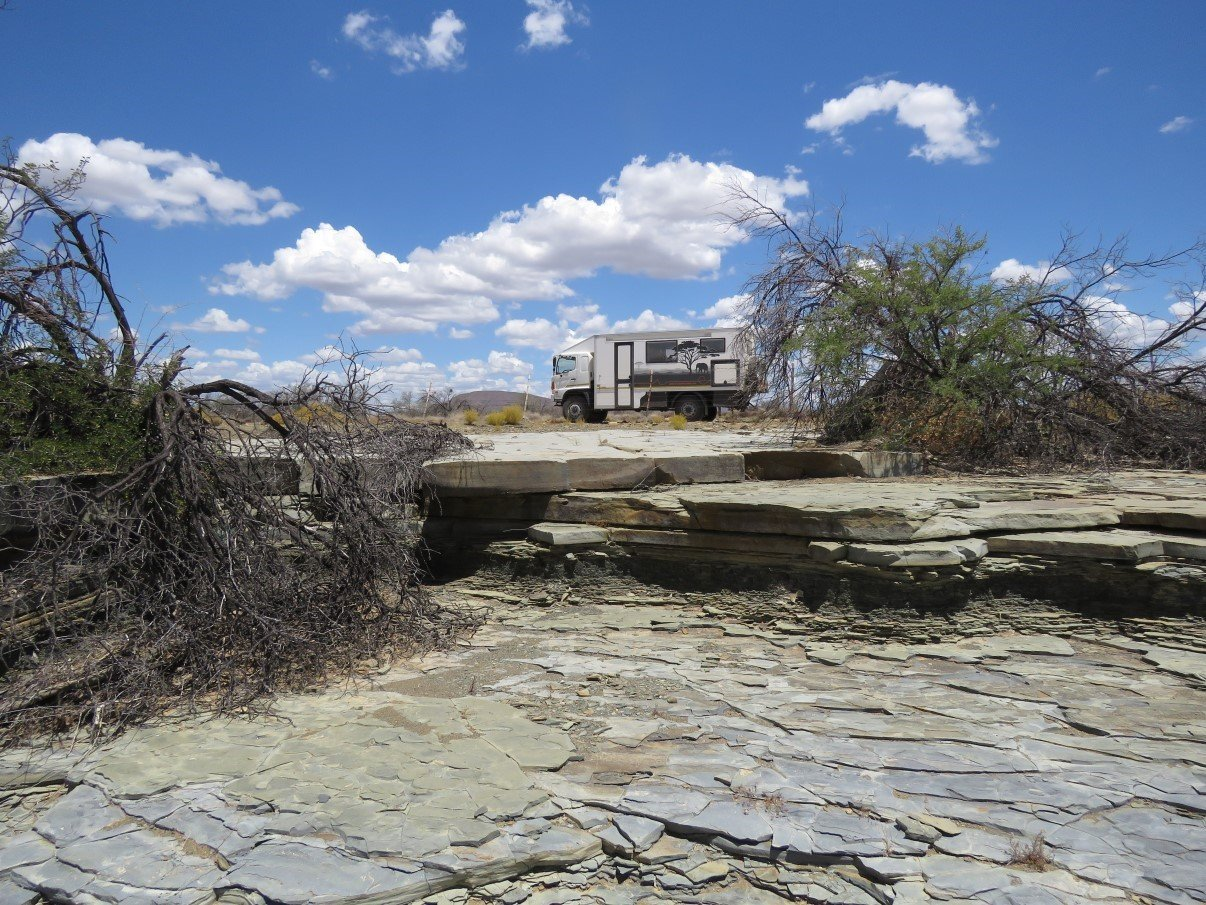
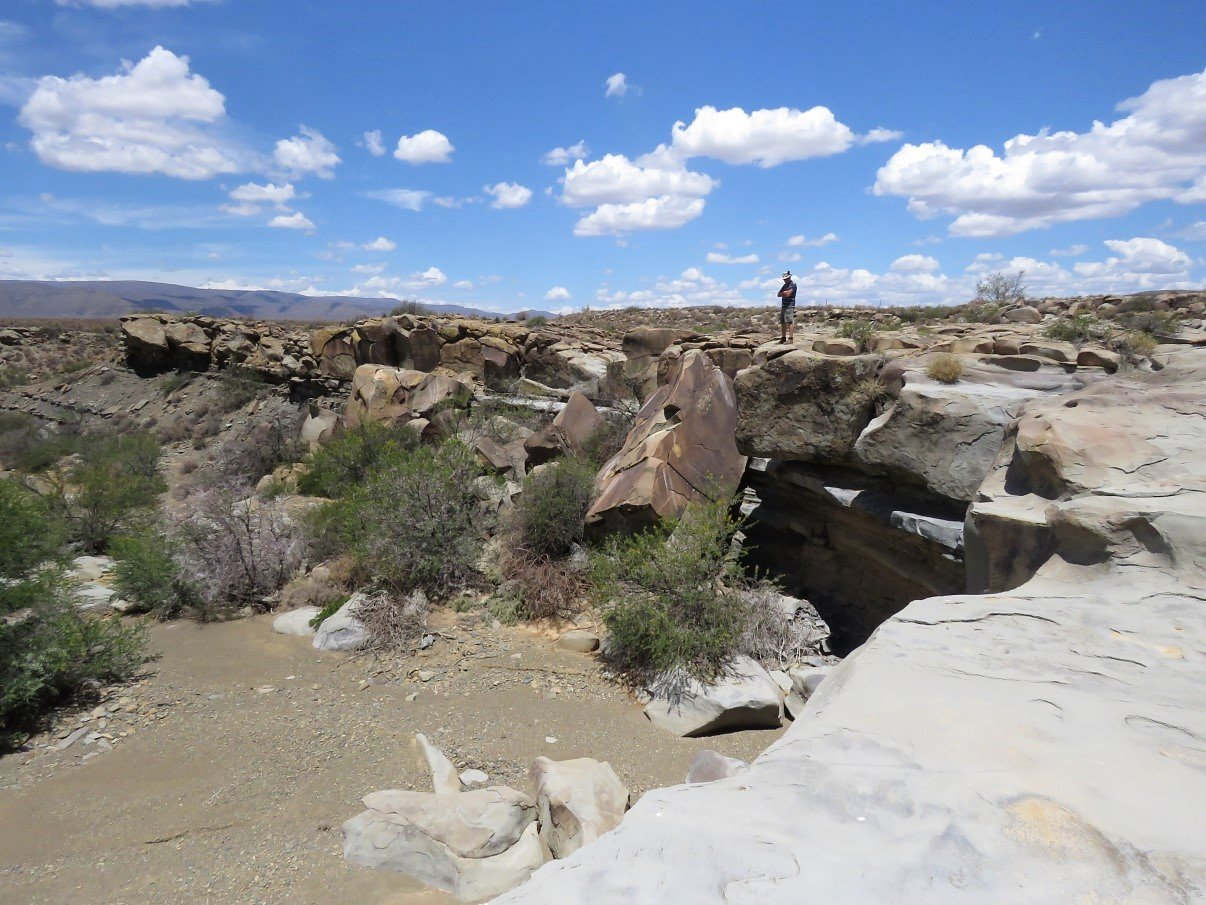
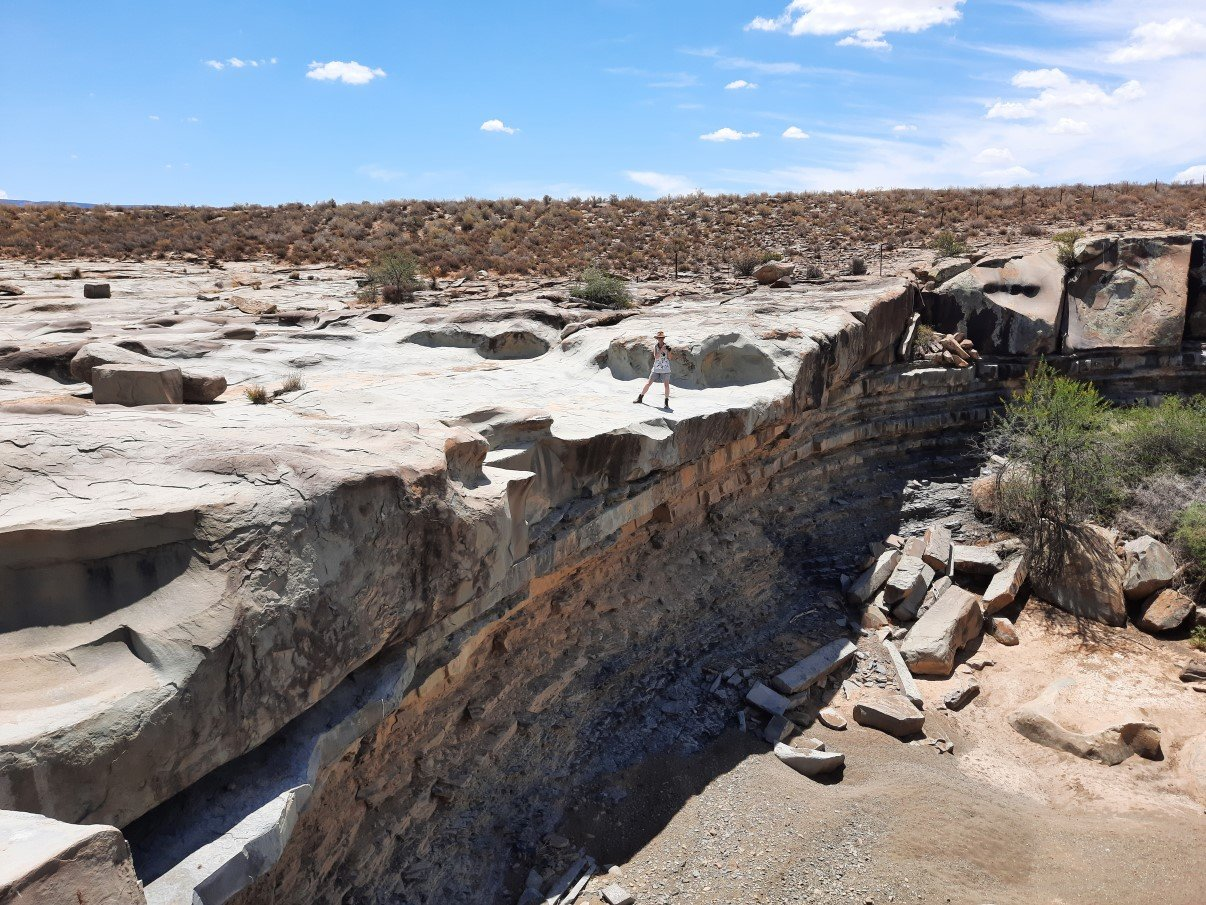

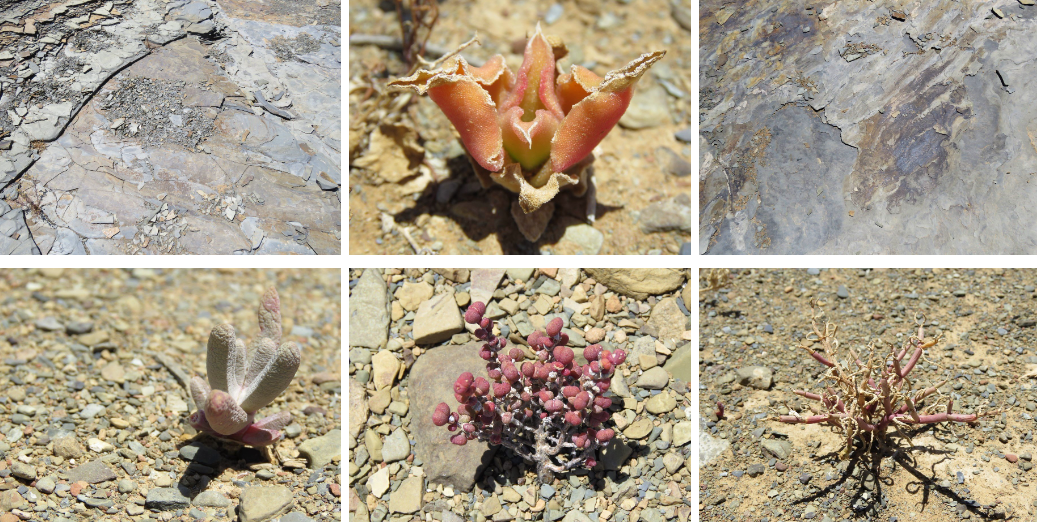
After this slow and beautiful drive out of Tankwa, we eventually hit the R354 towards Sutherland, via the Verlatenkloof Pass (part 1 and part 2 video courtesy of Mountain Passes South Africa). This road is tarred and wide, so for a change… no ravines, no sharp bends and no heart attacks! We passed through the one street town of Sutherland and parked at a rest stop along the road with views onto SALT. Unfortunately the star gazing visit was fully booked, so we settled for a visit inside of SALT the following day.
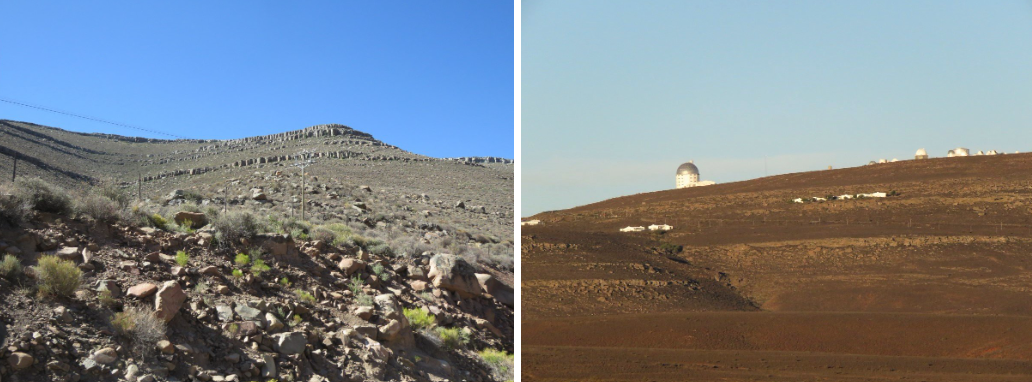
Enjoy the video of our Karoo adventure below.
For more photos, clips and videos follow us on


Stonehenge and Tankwa Karoo